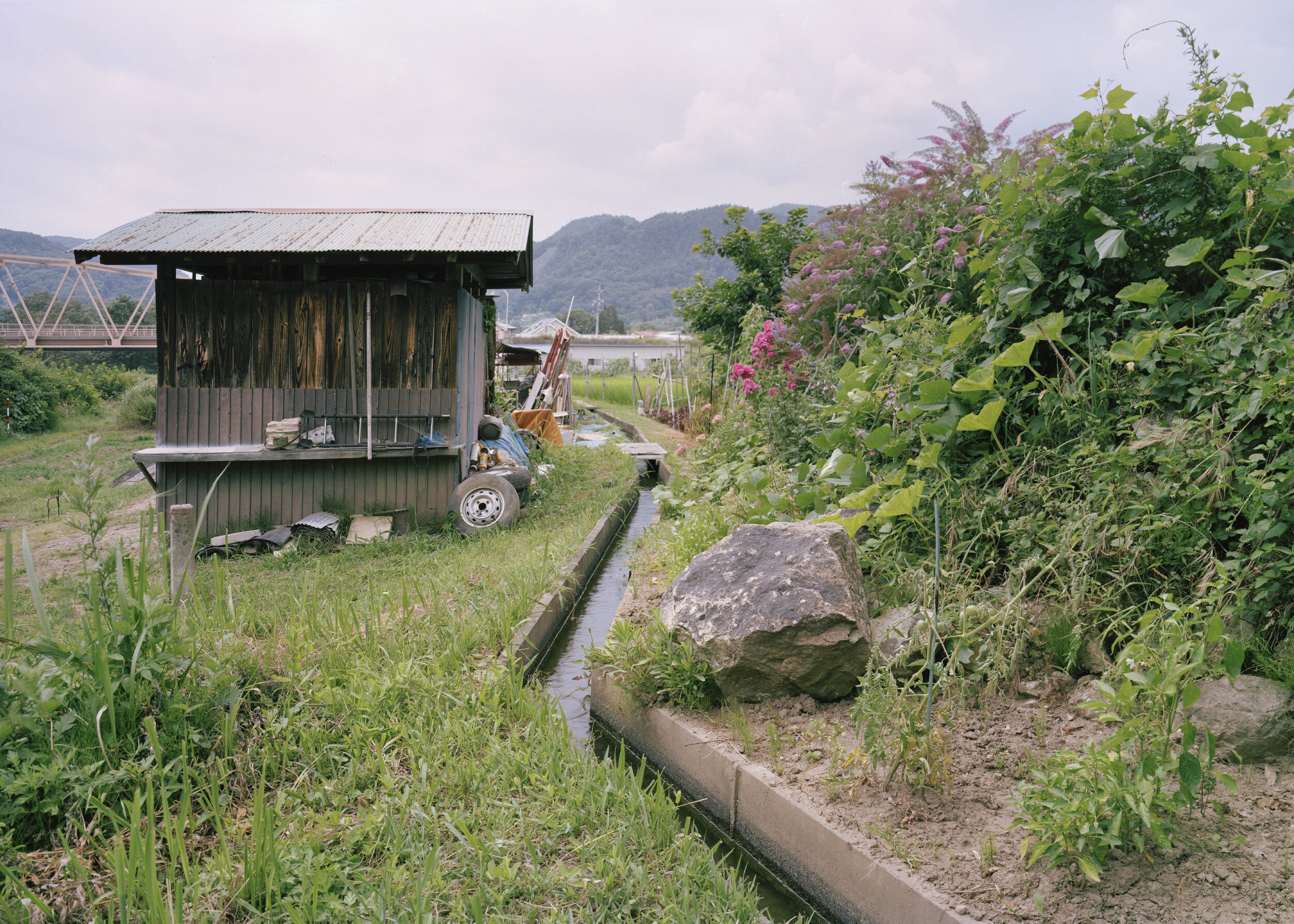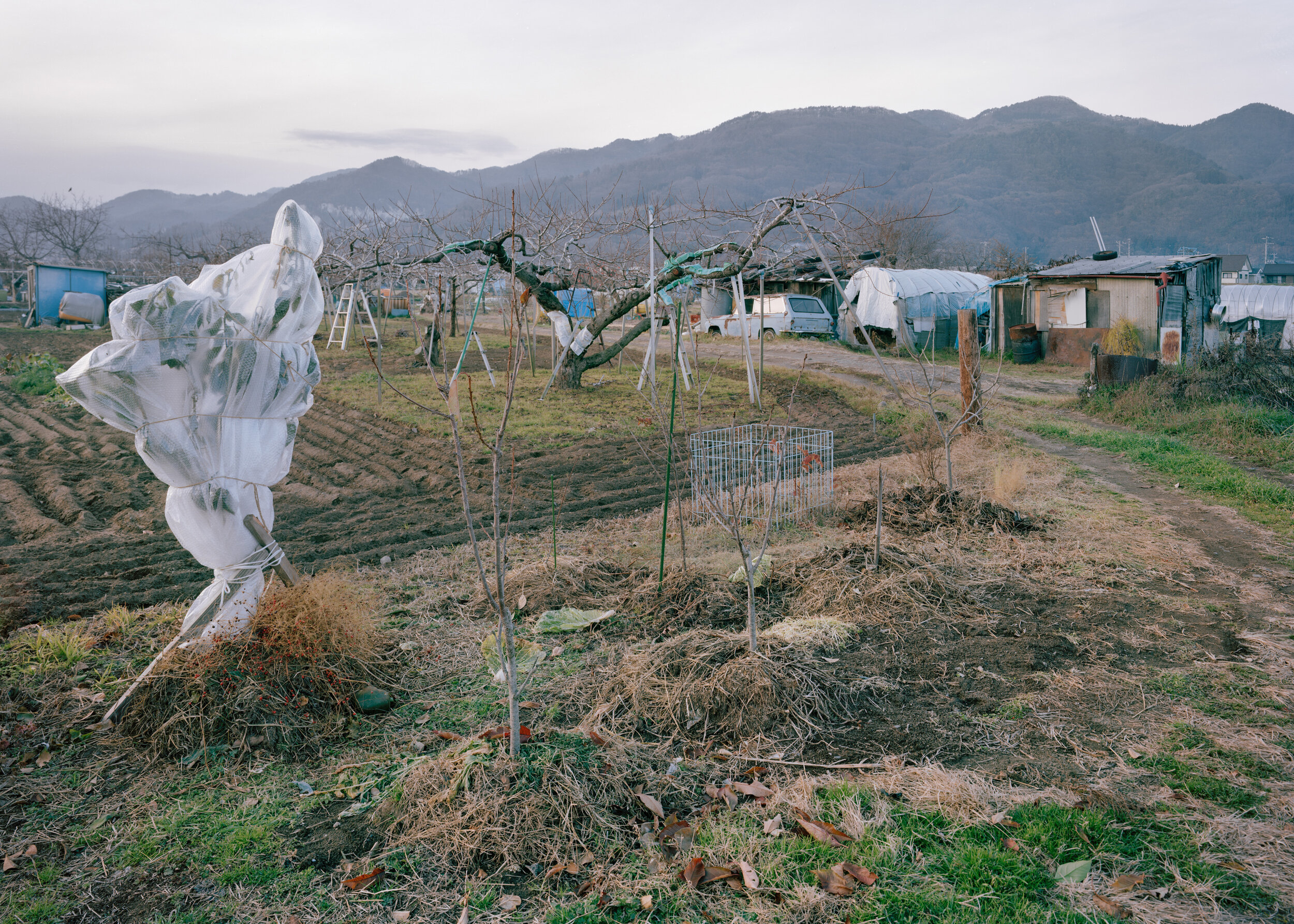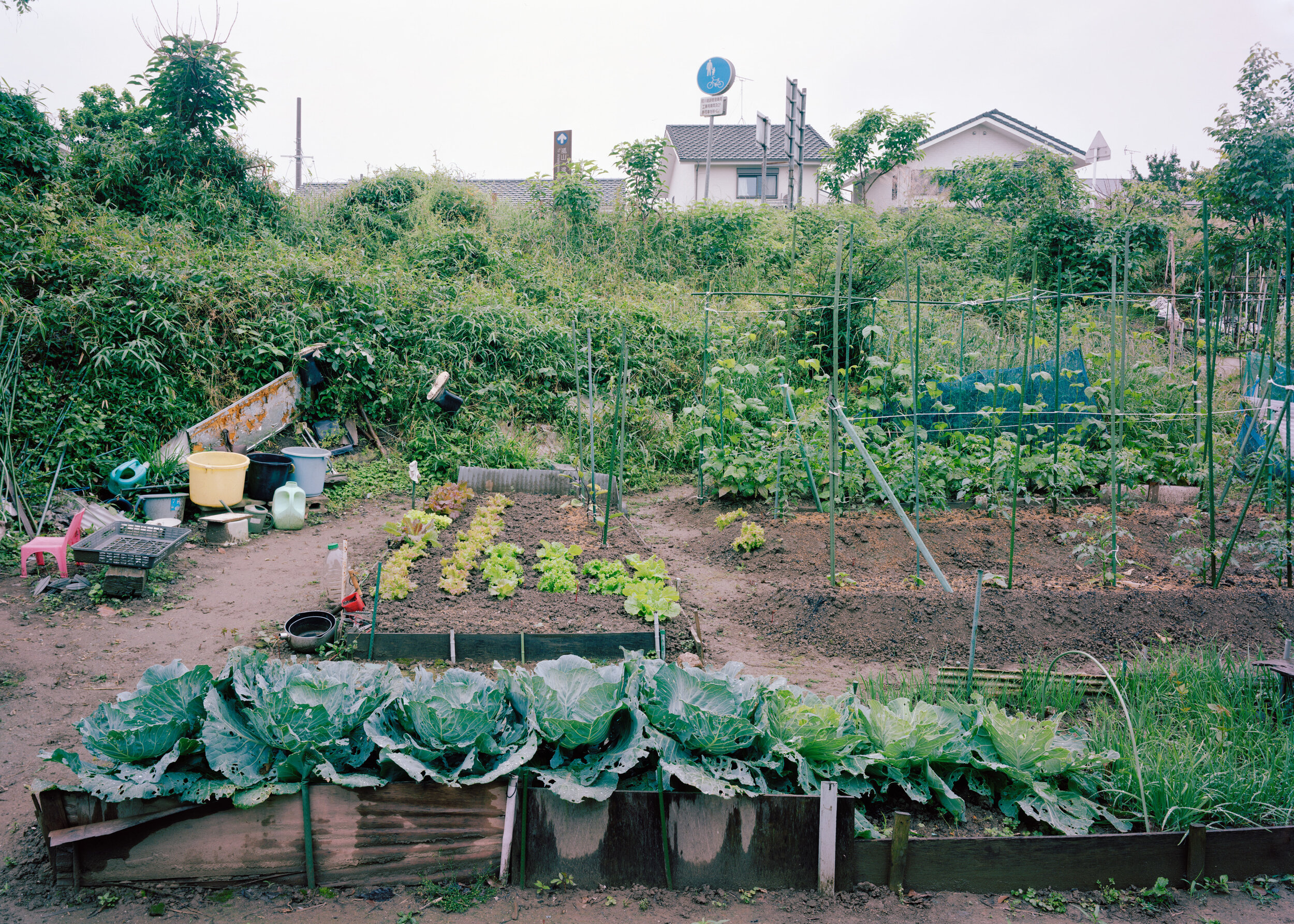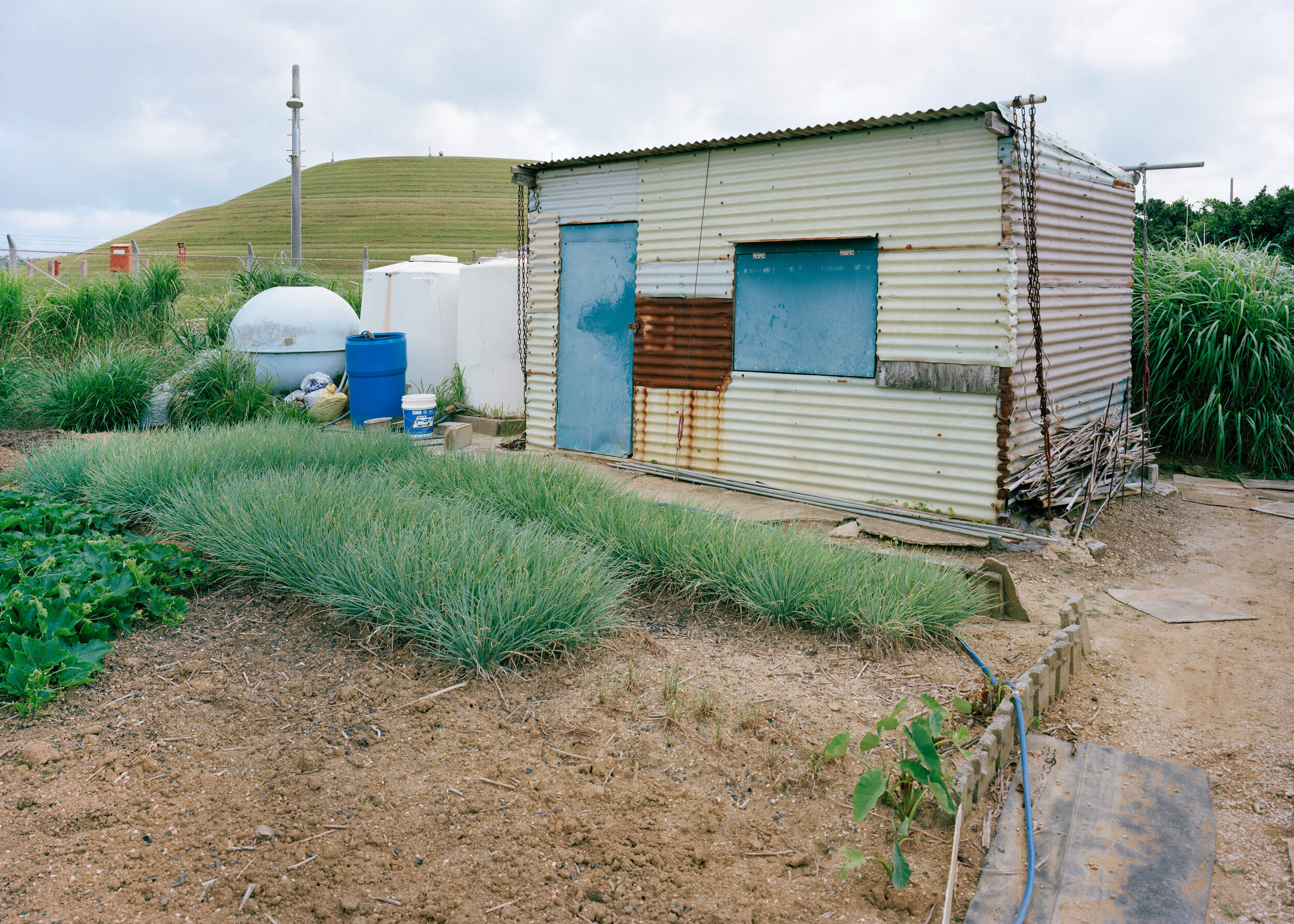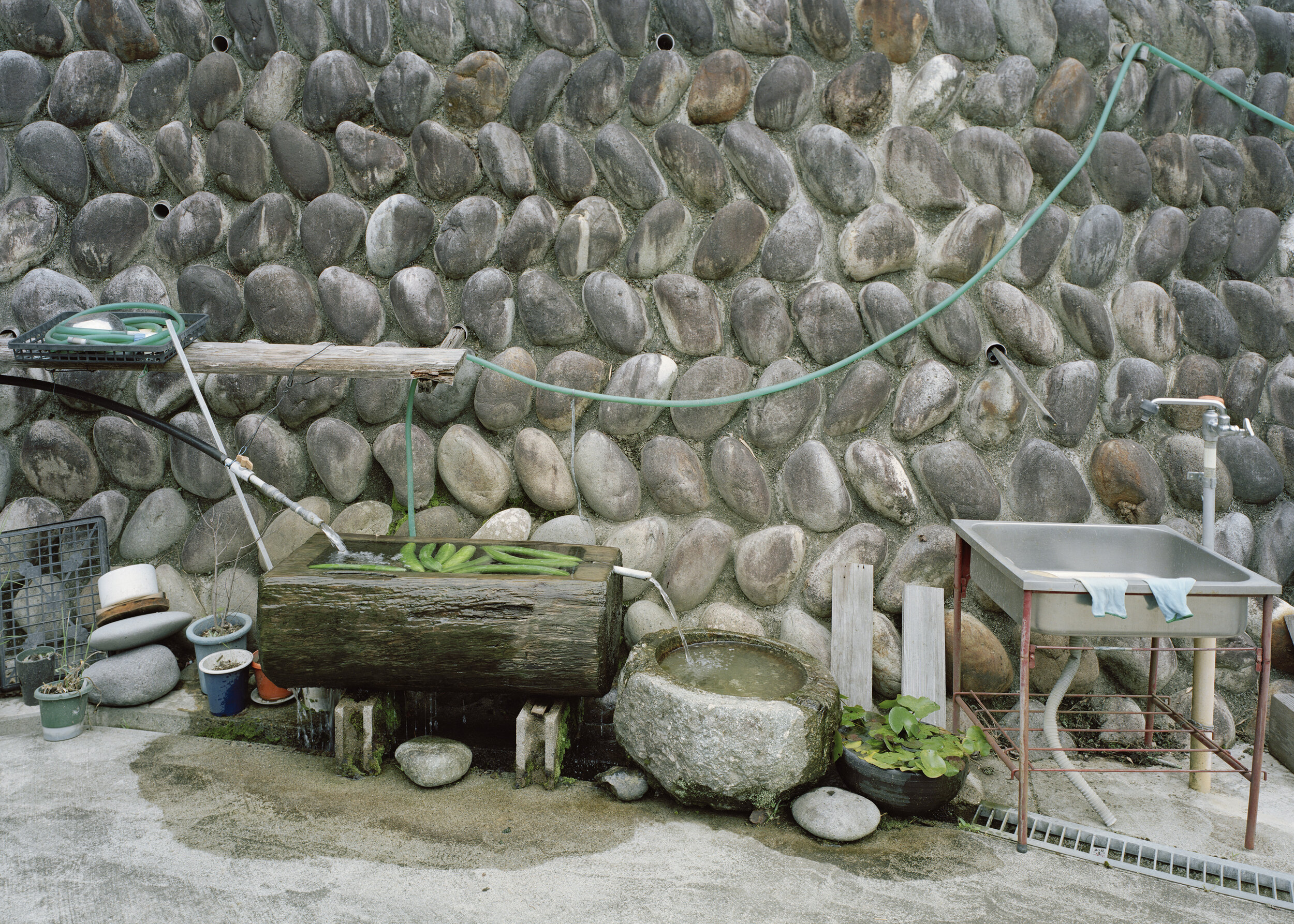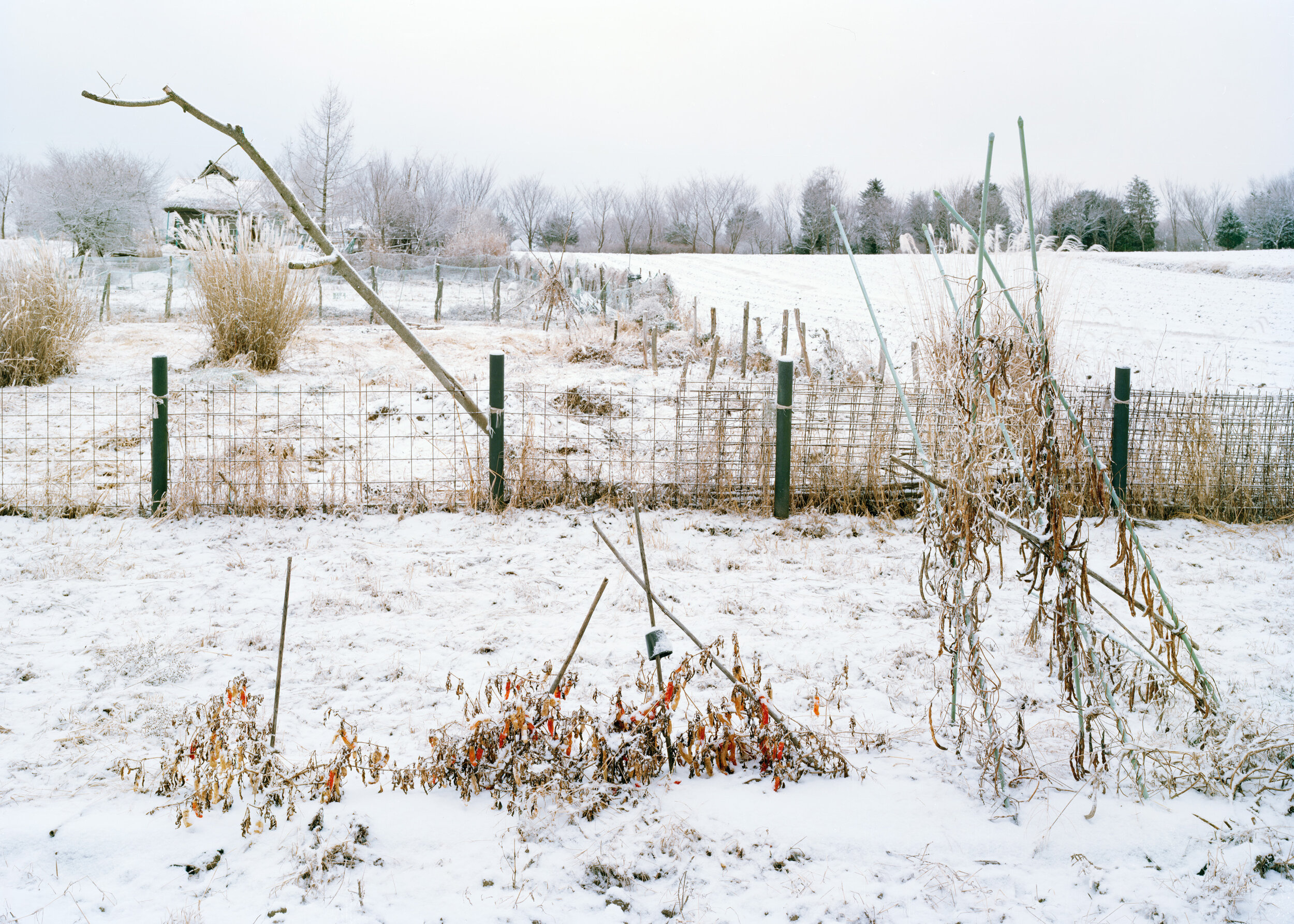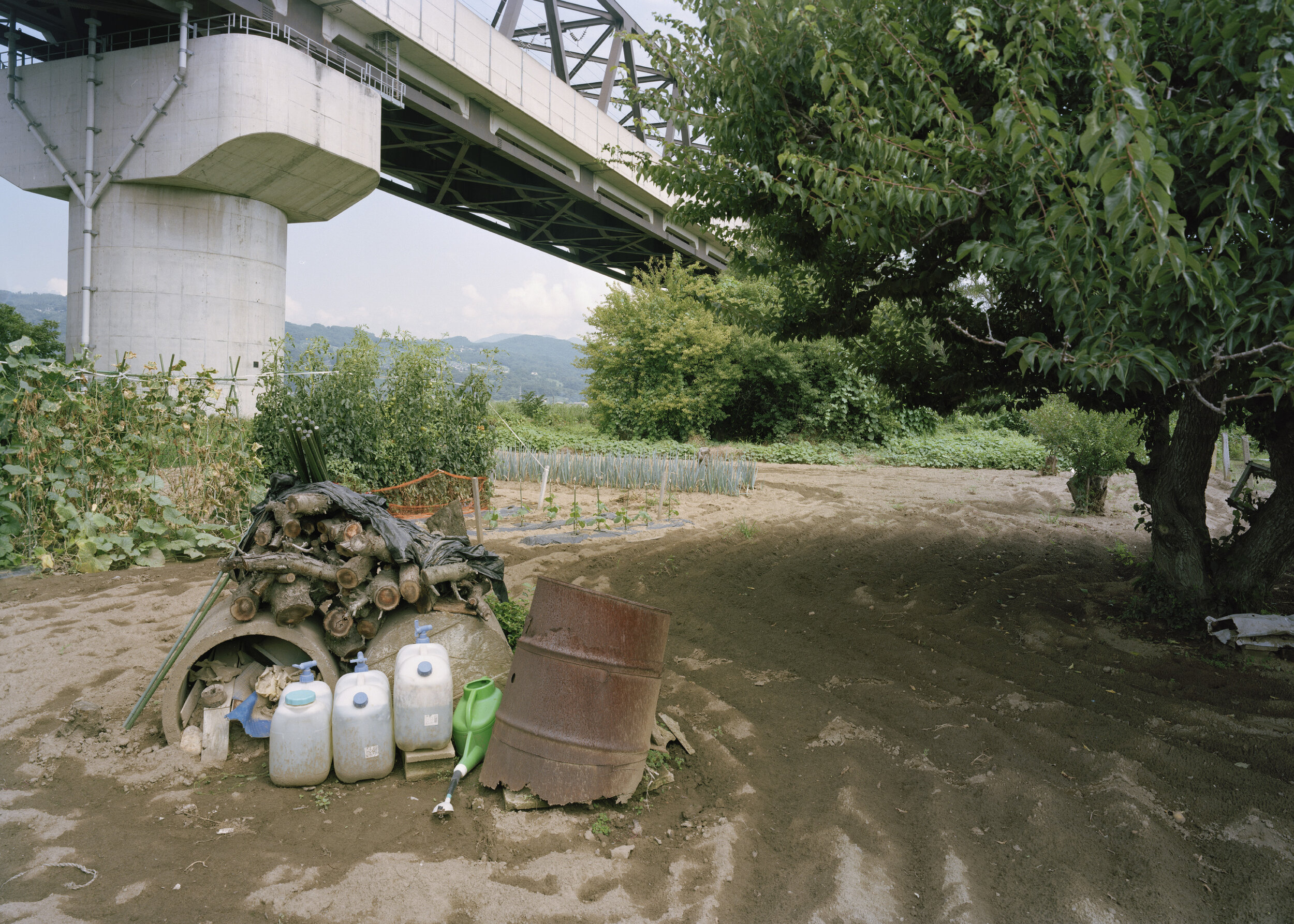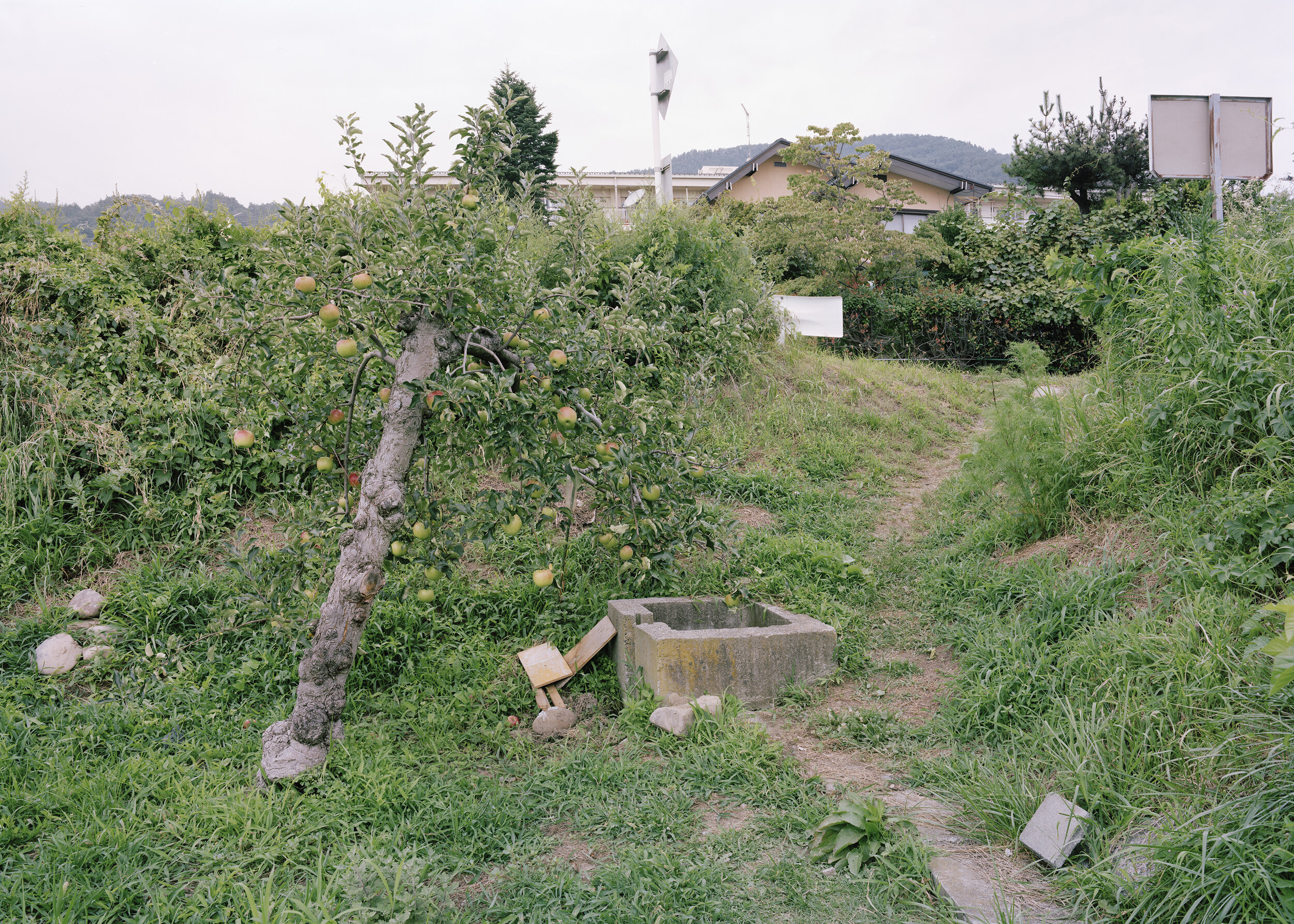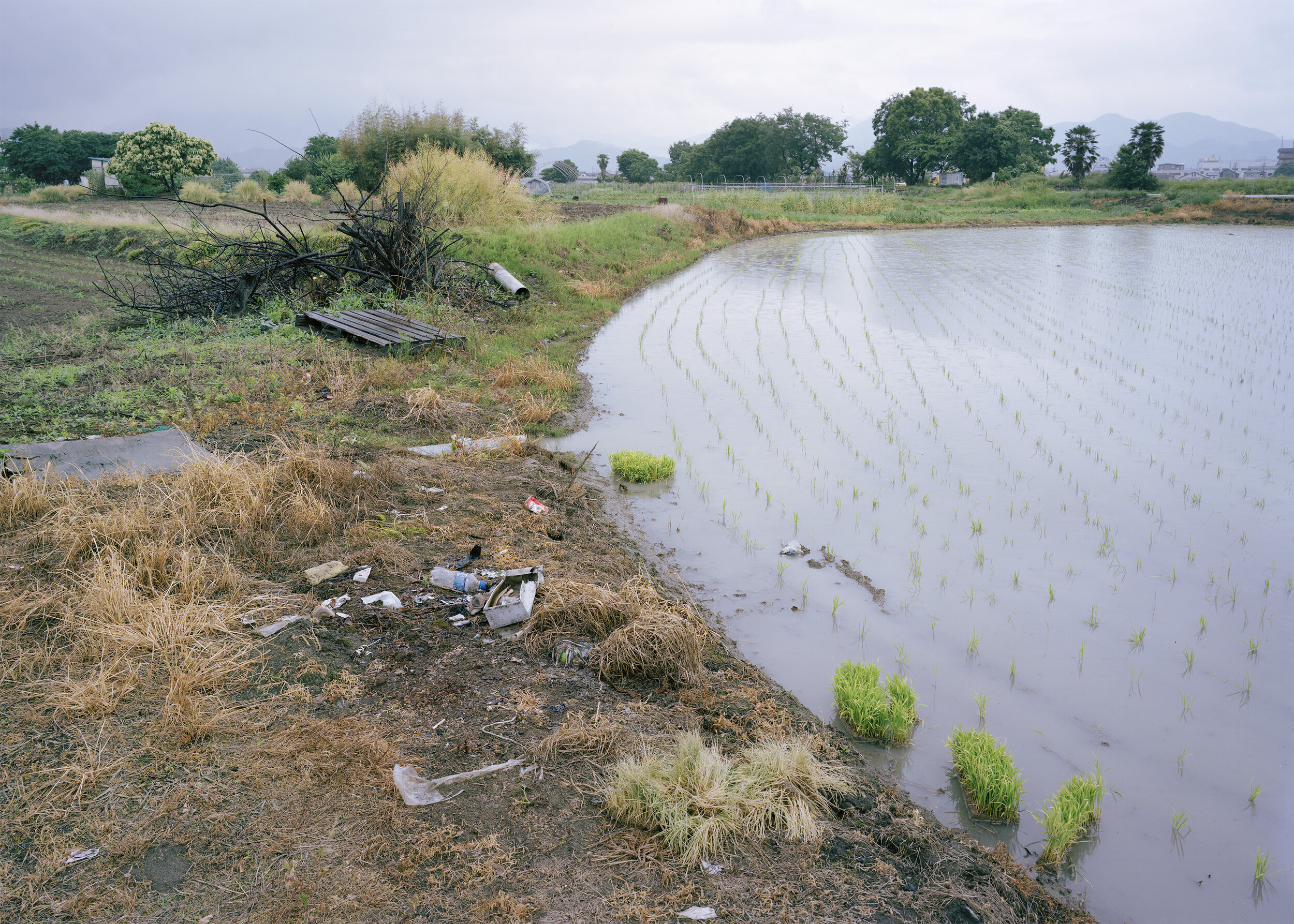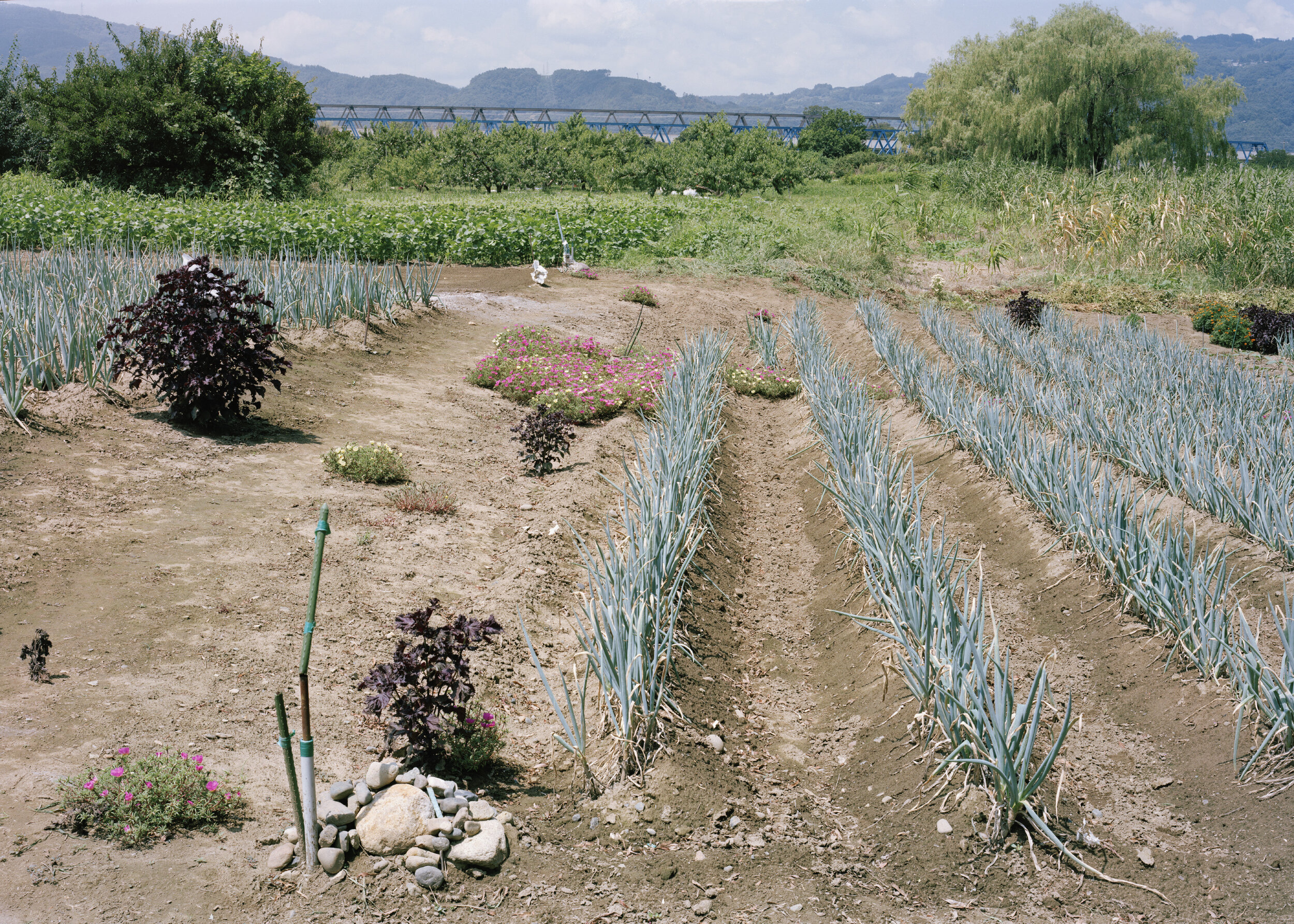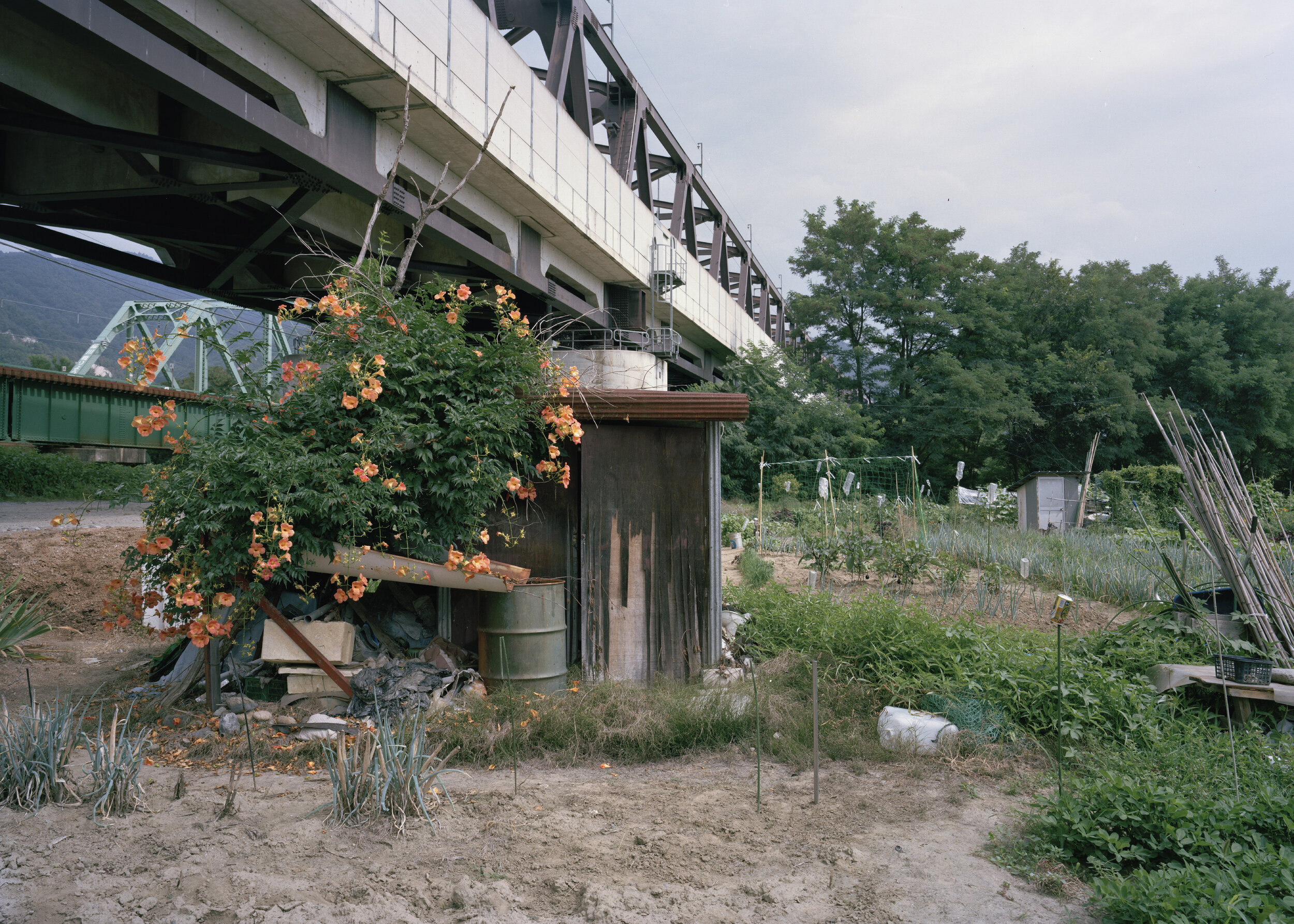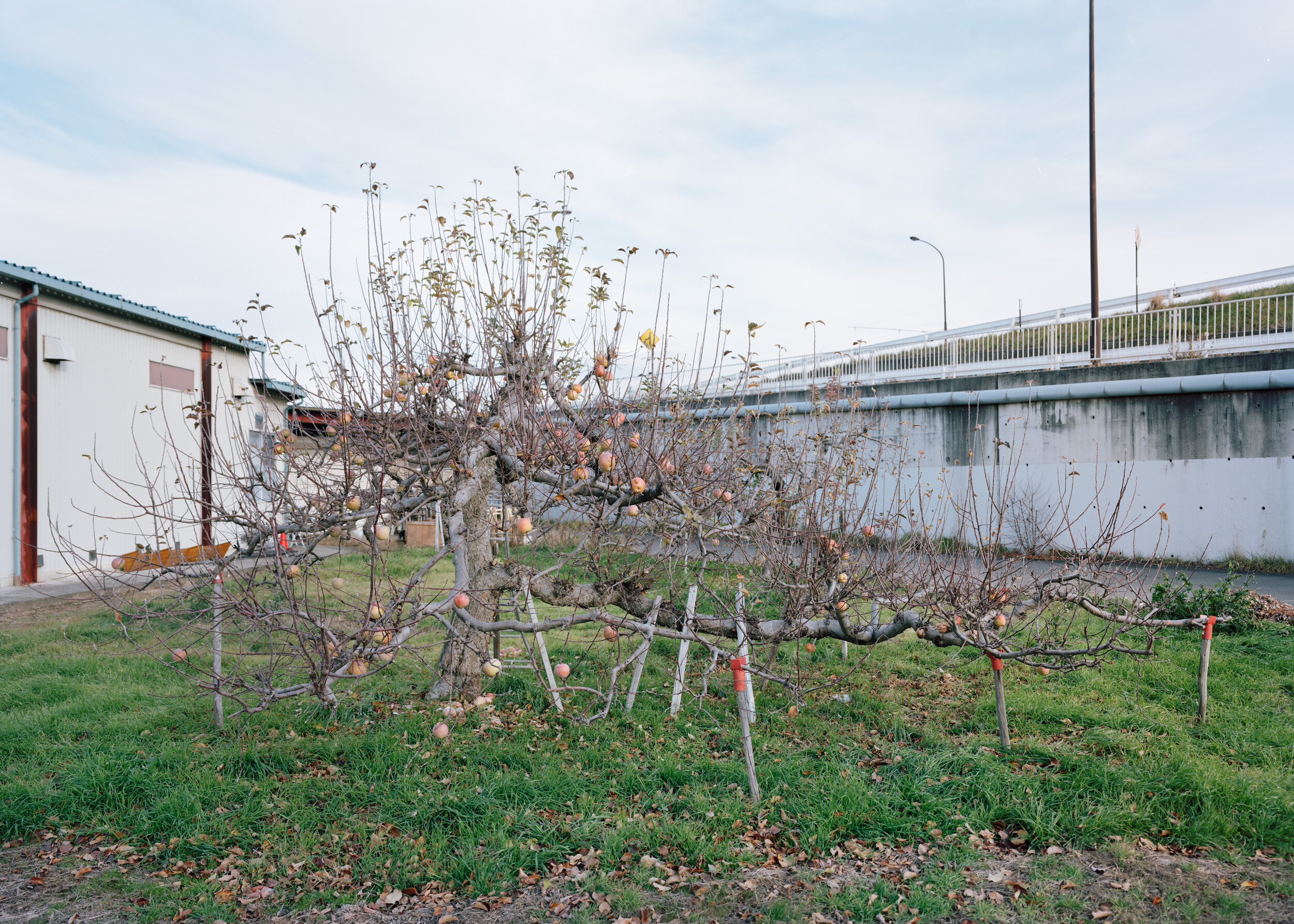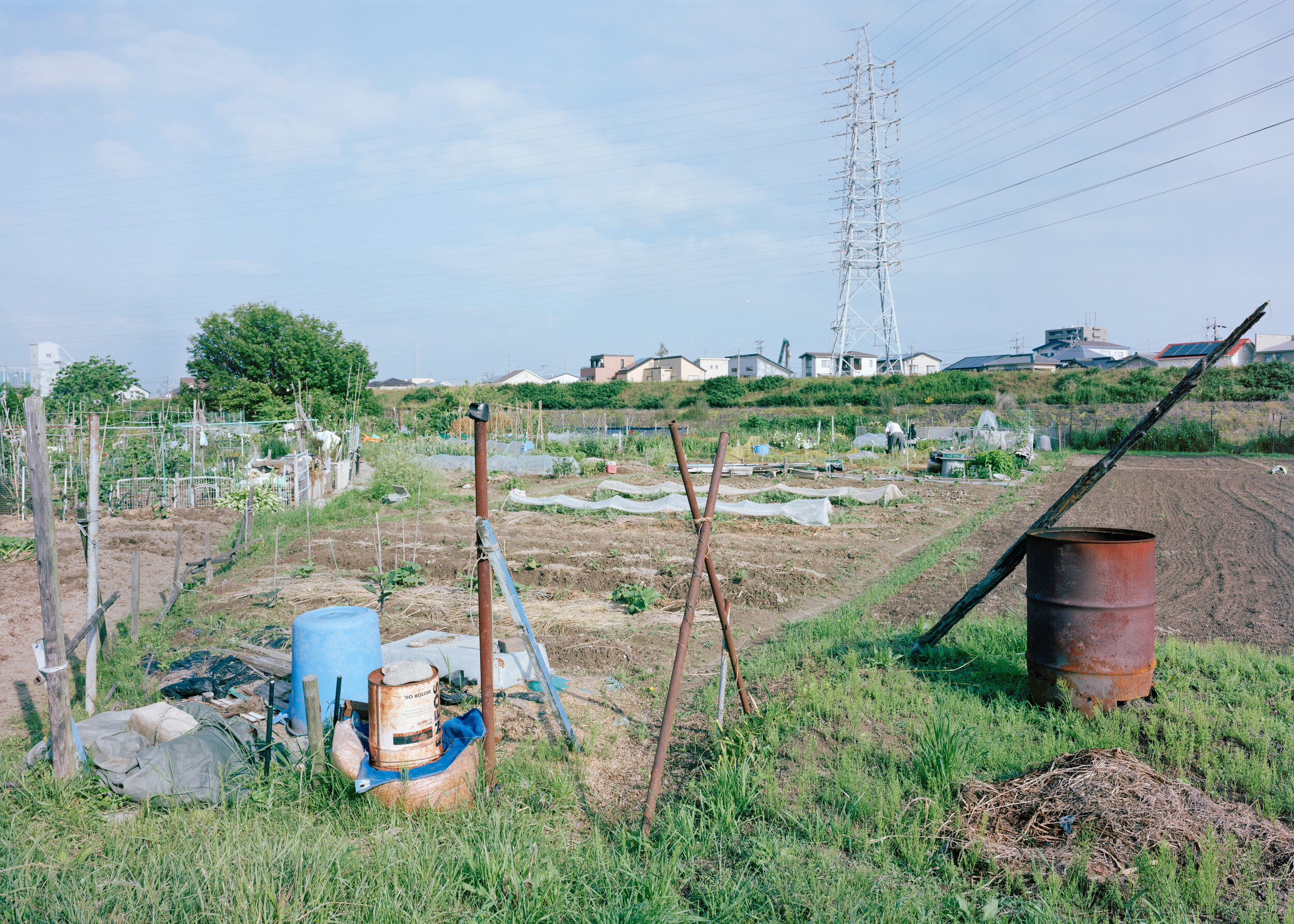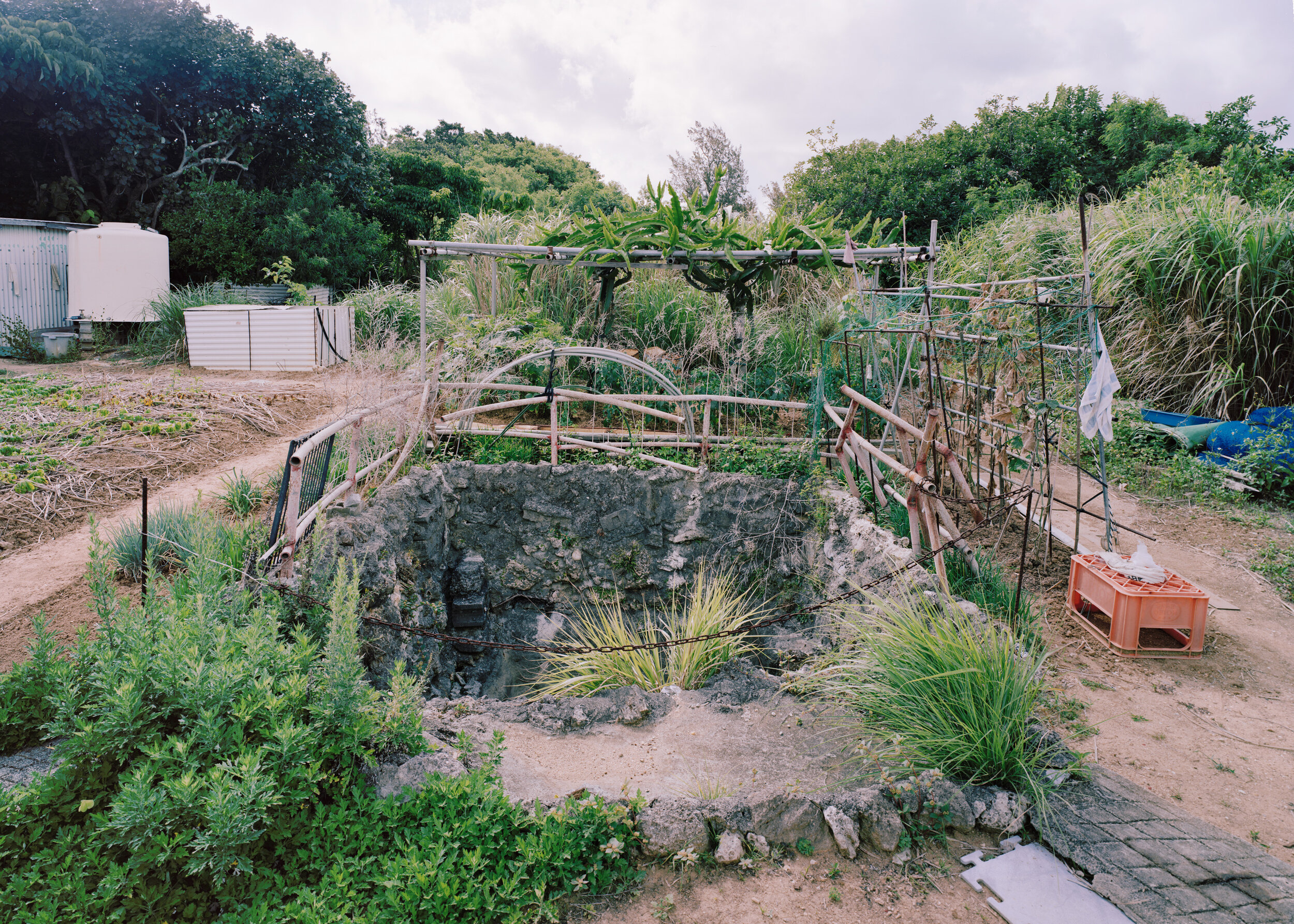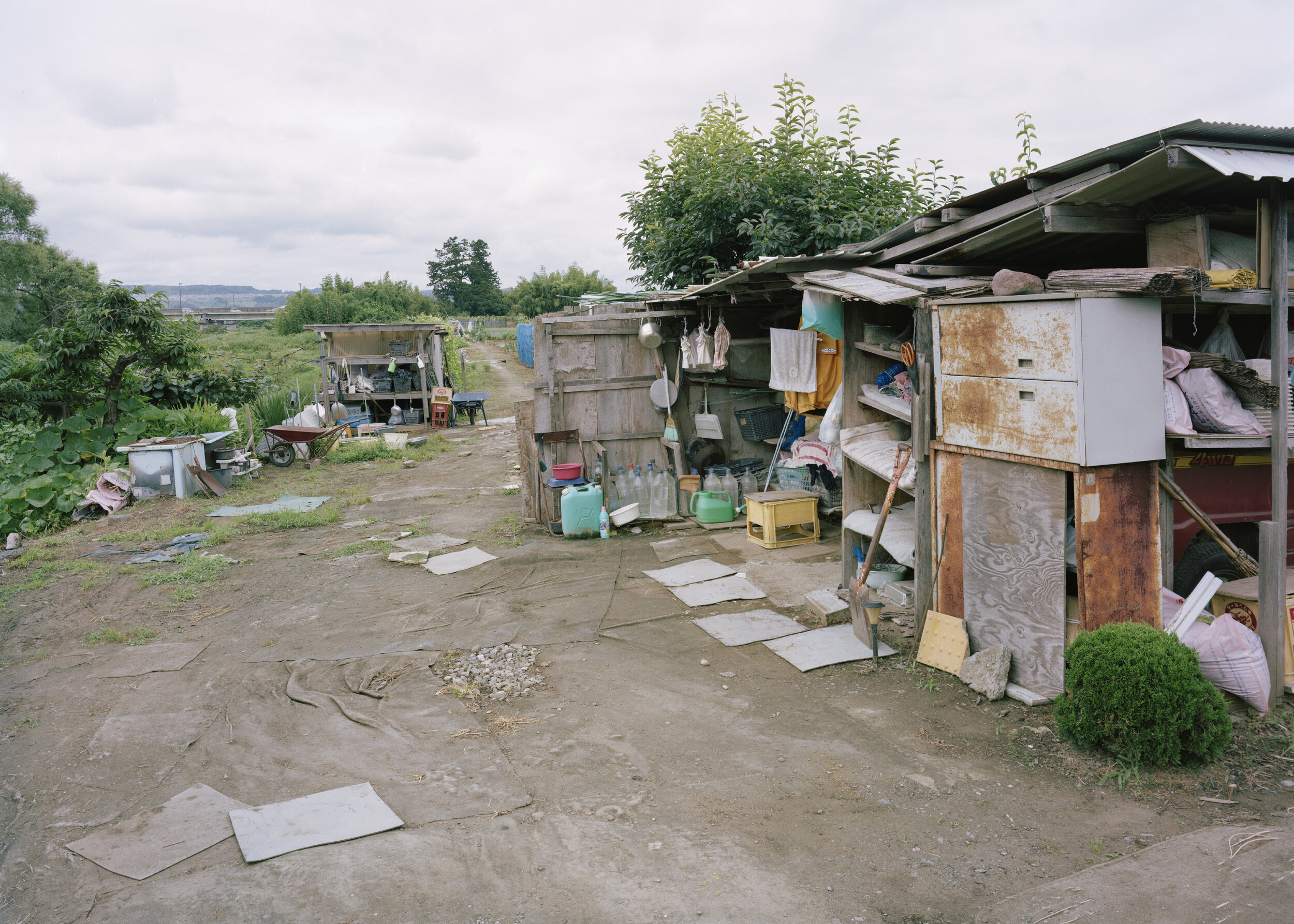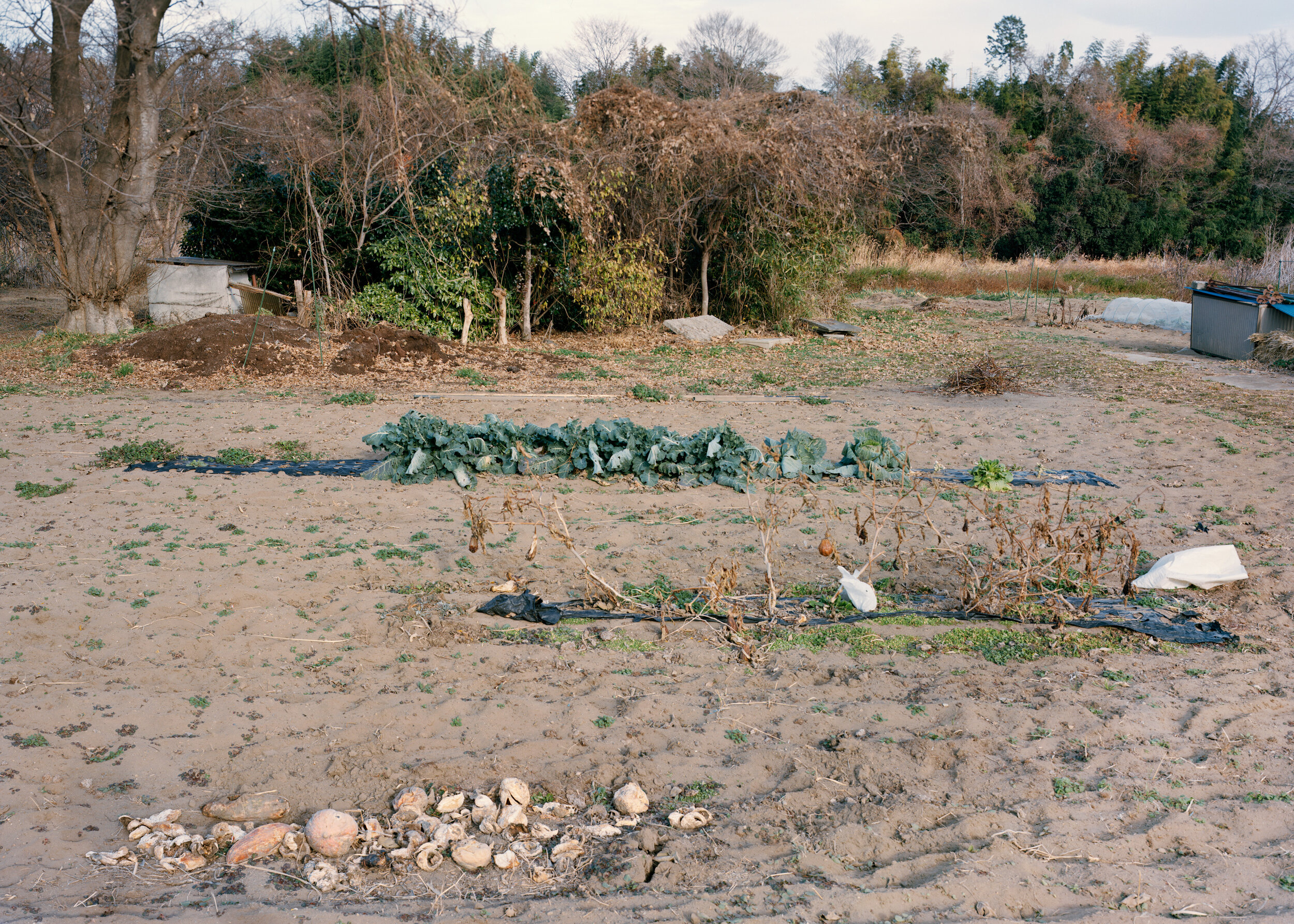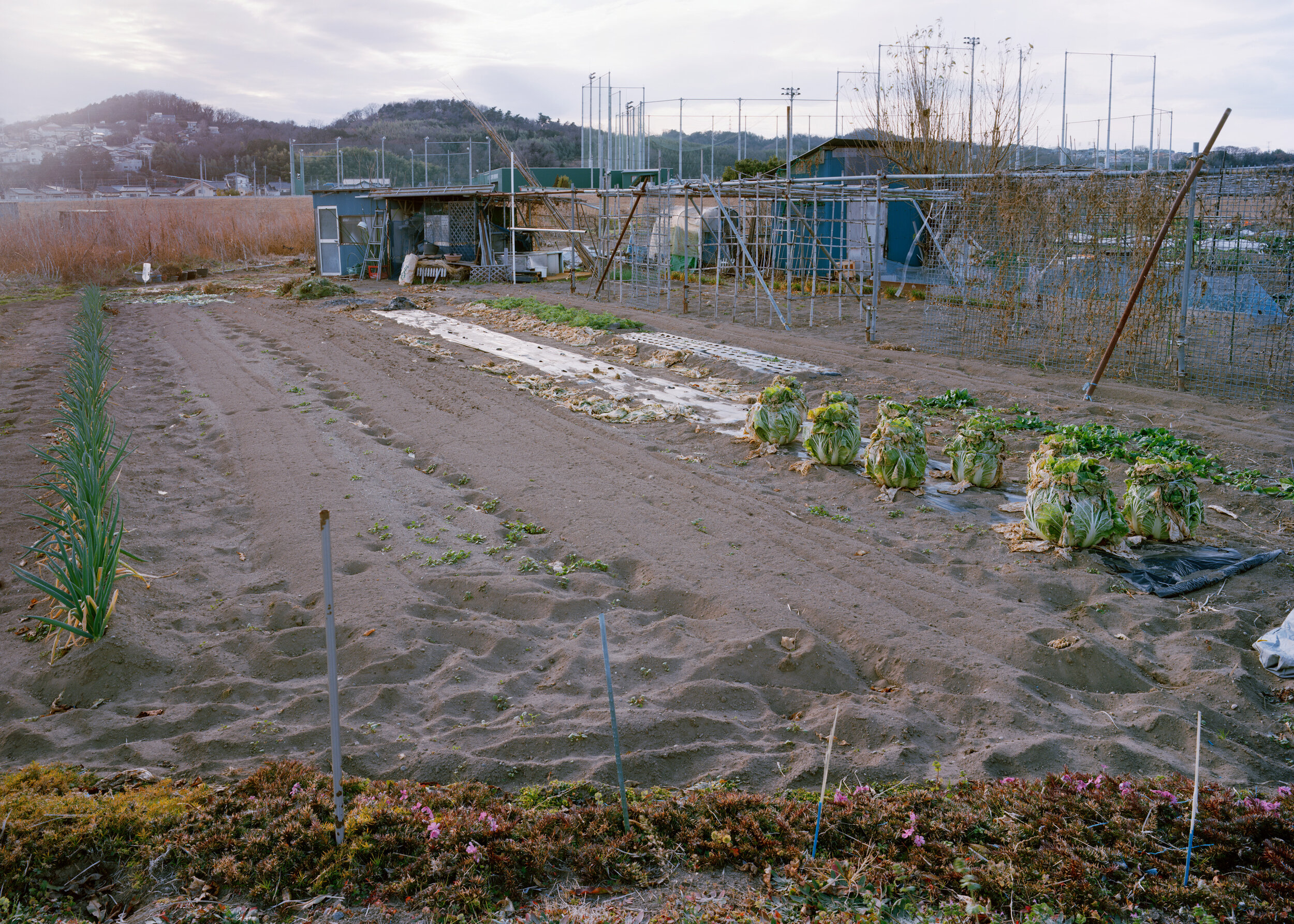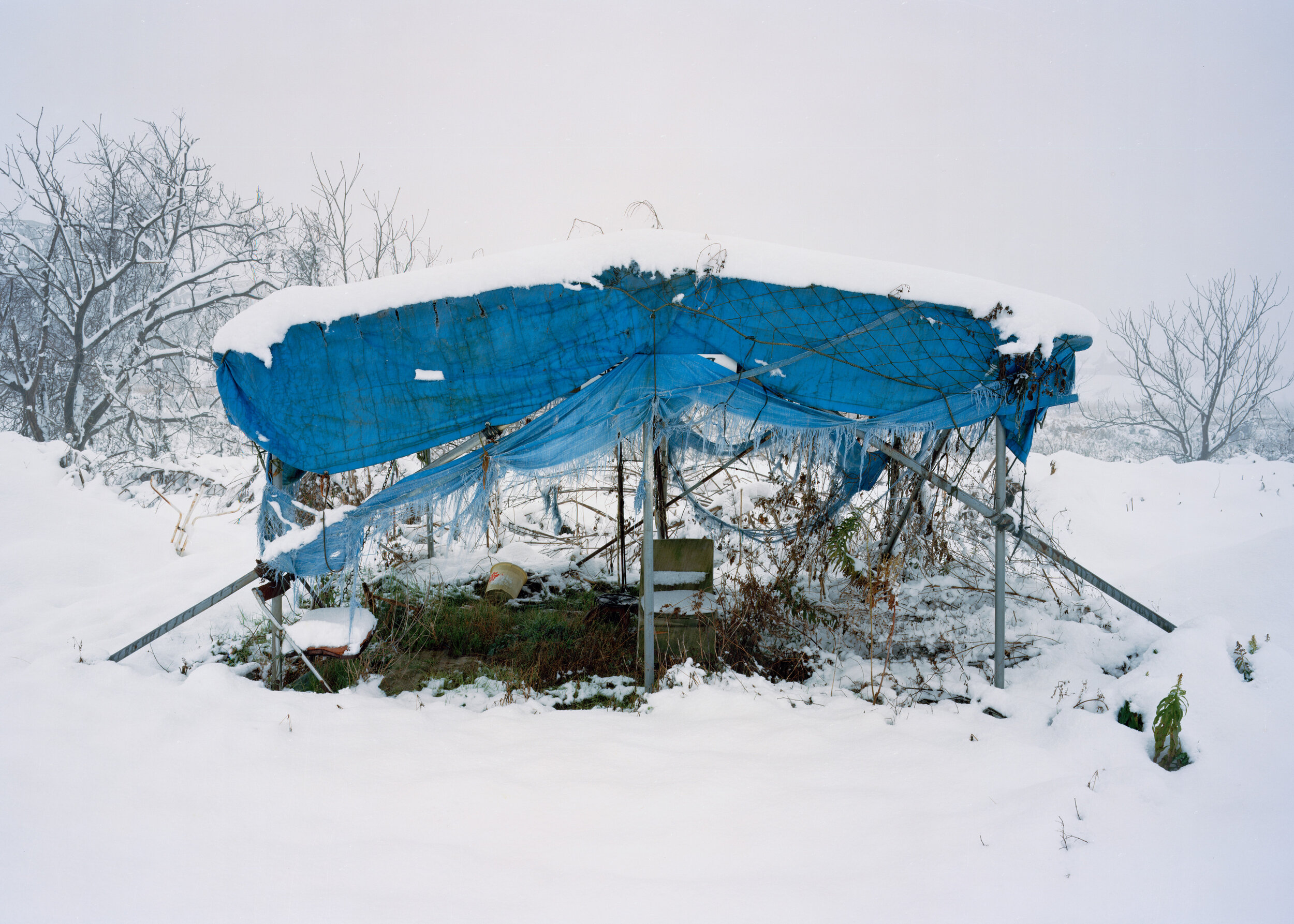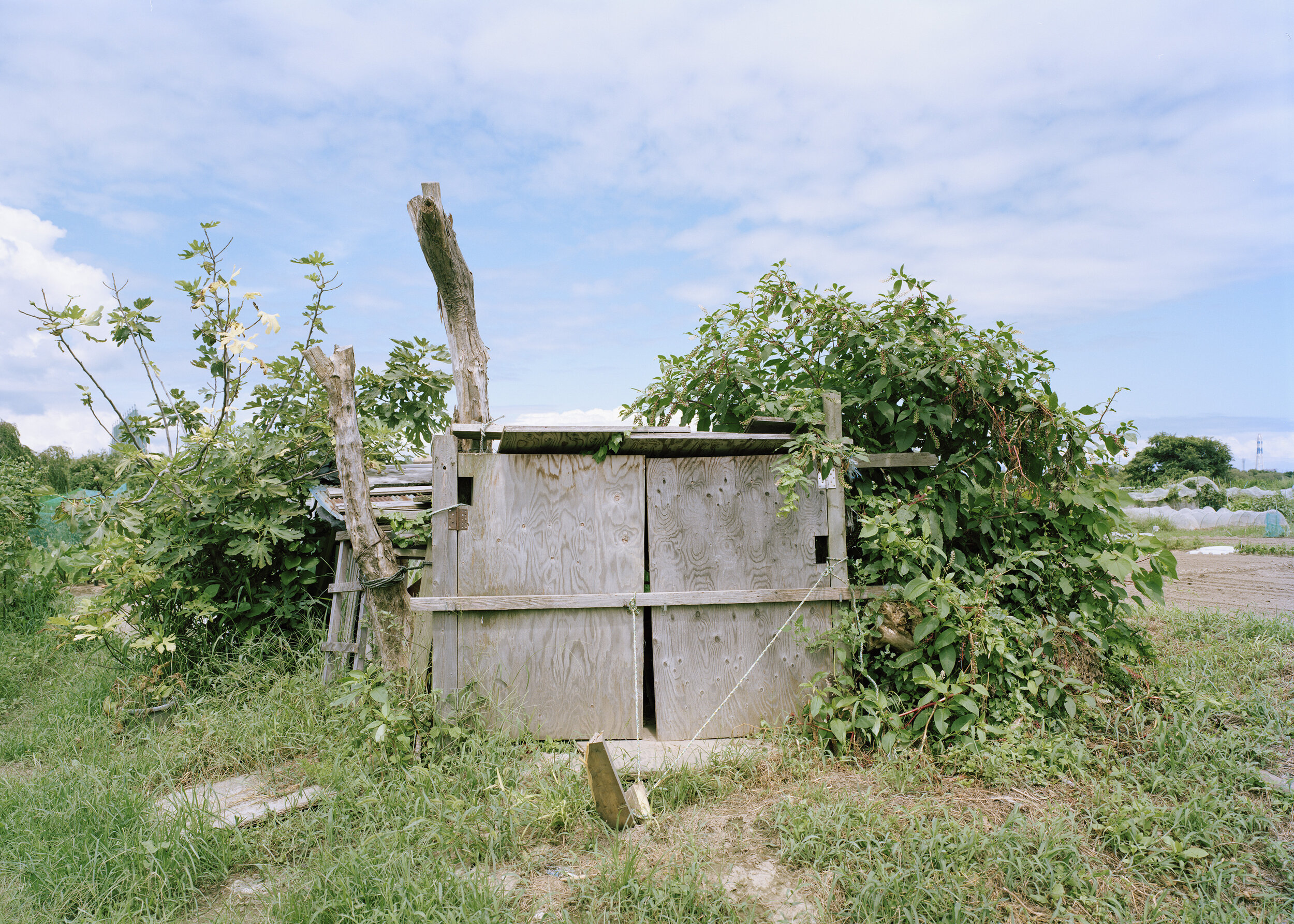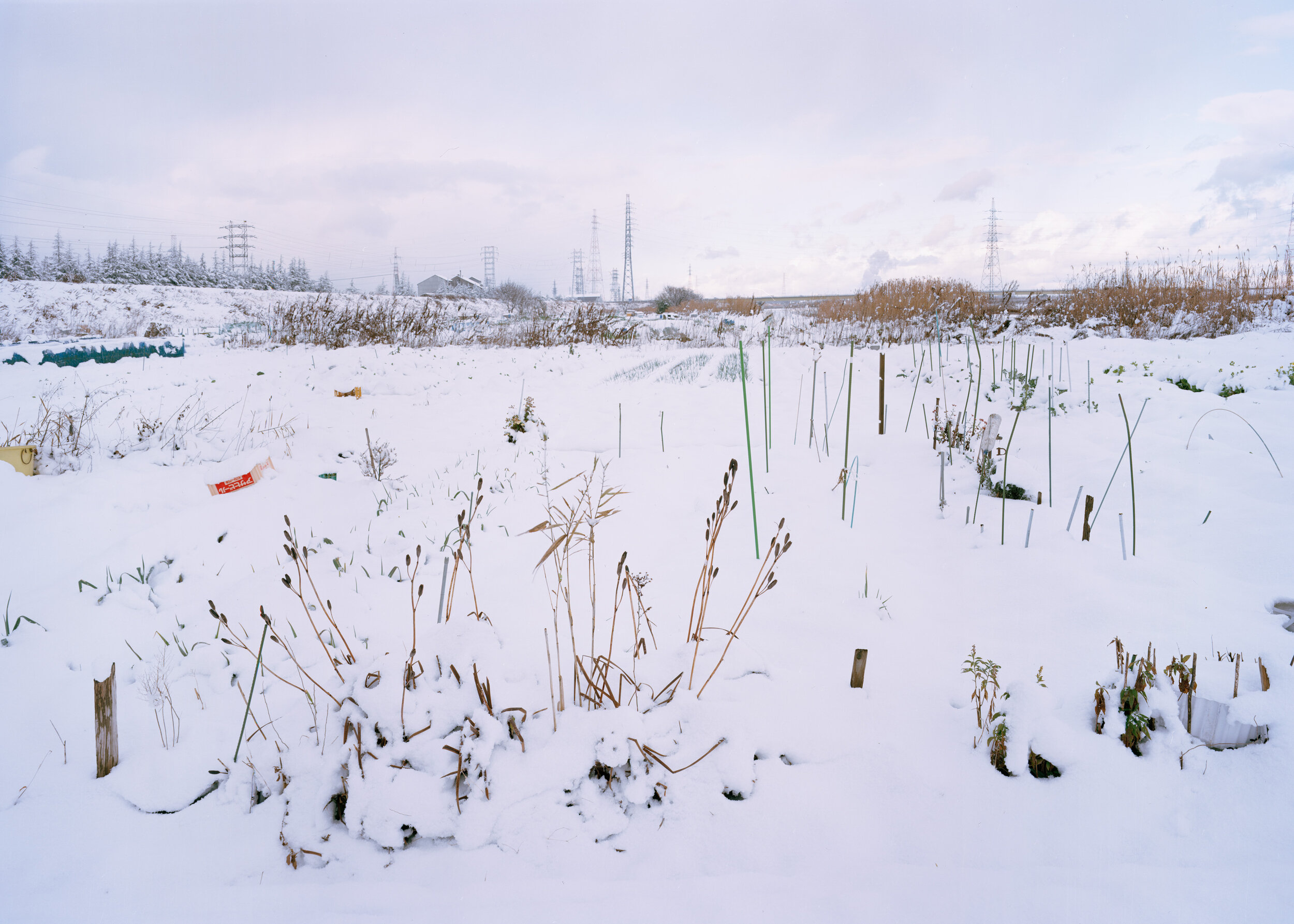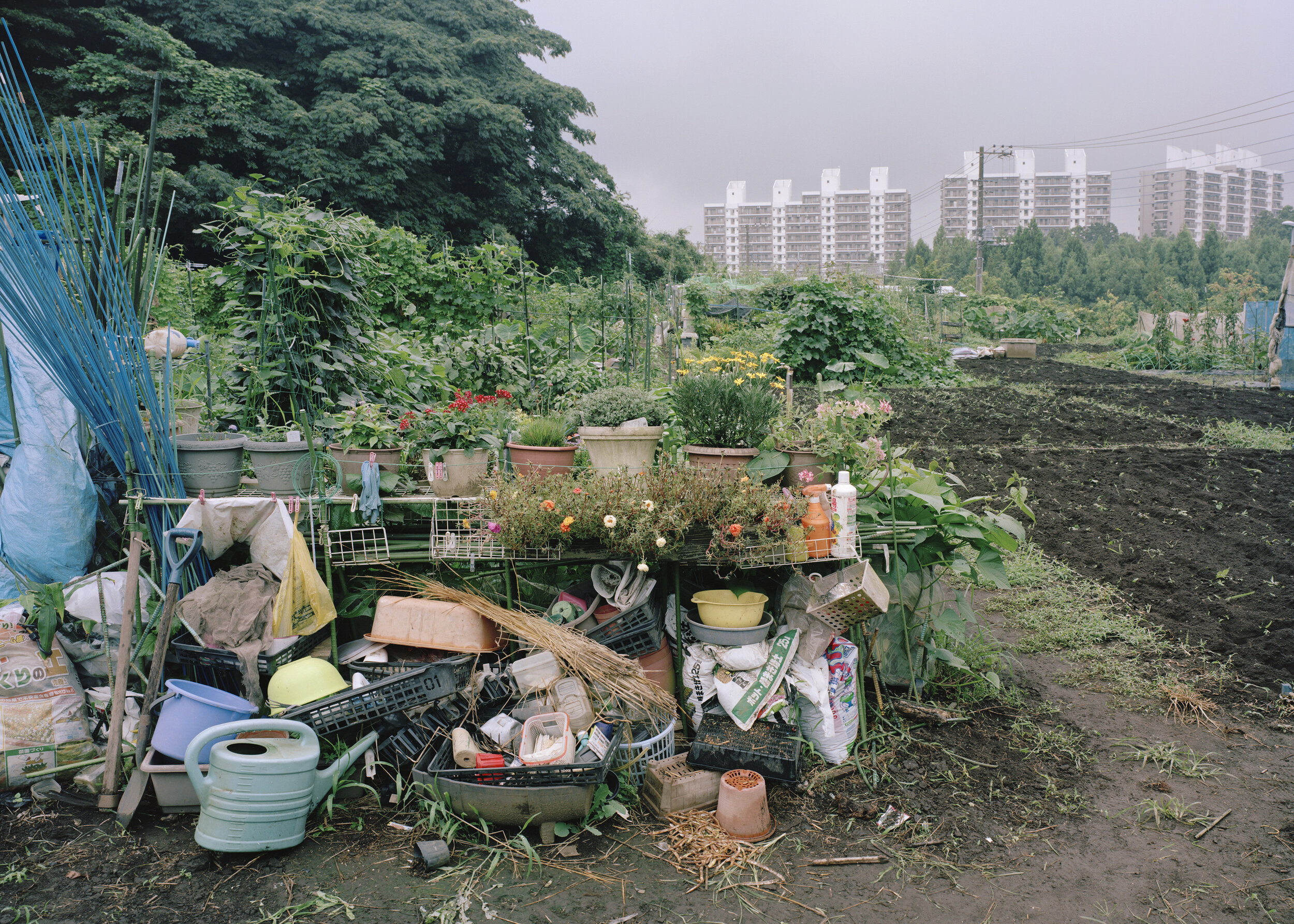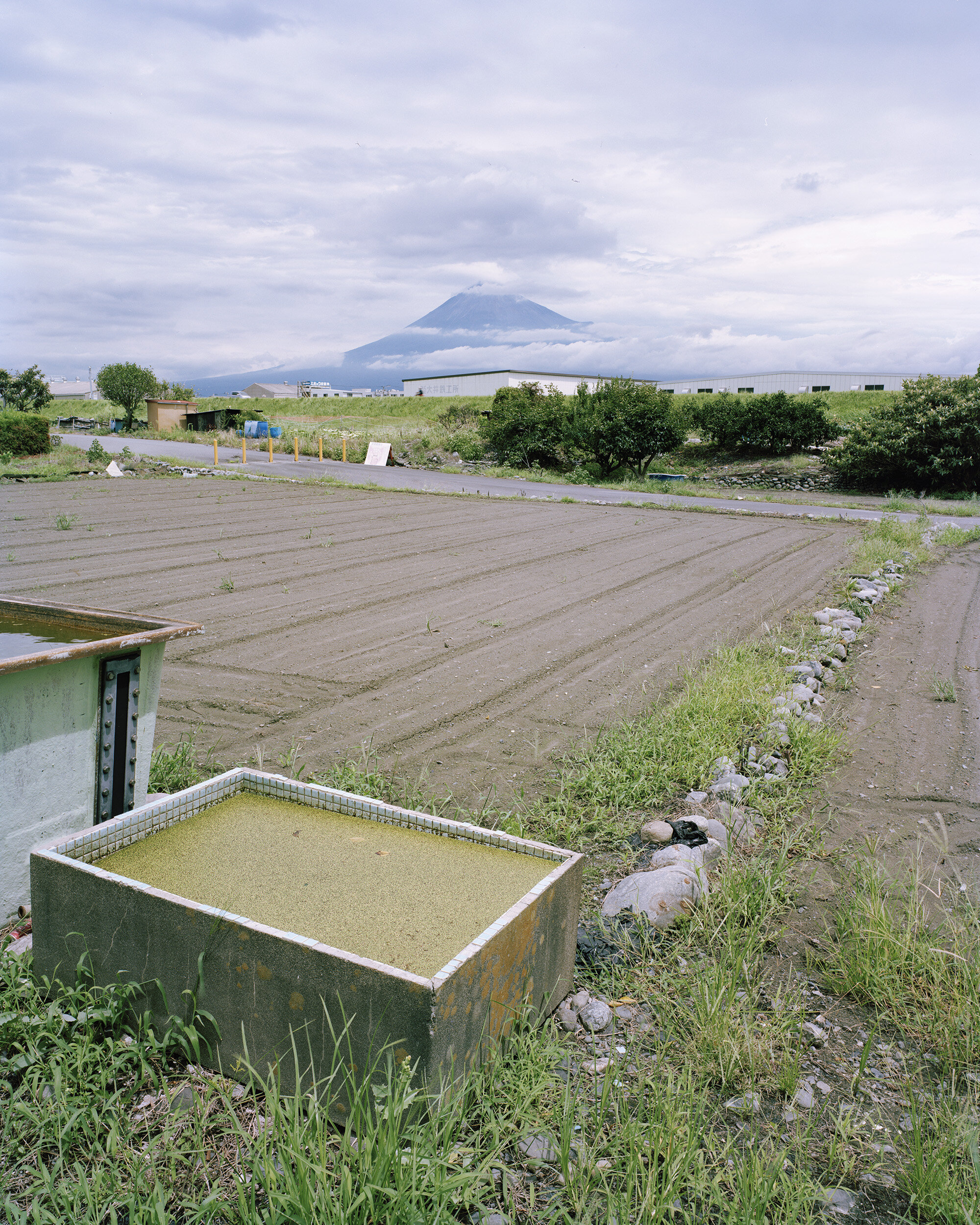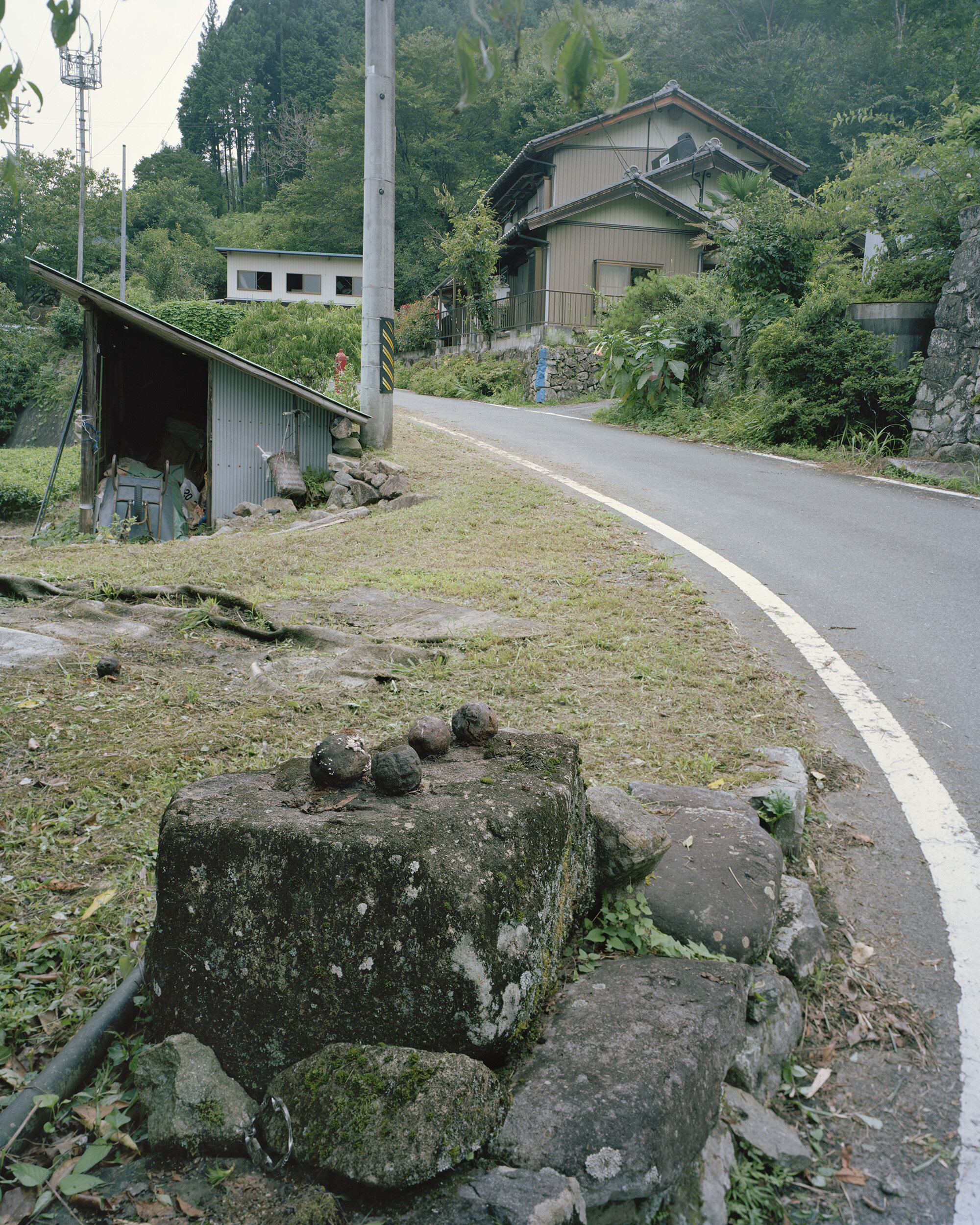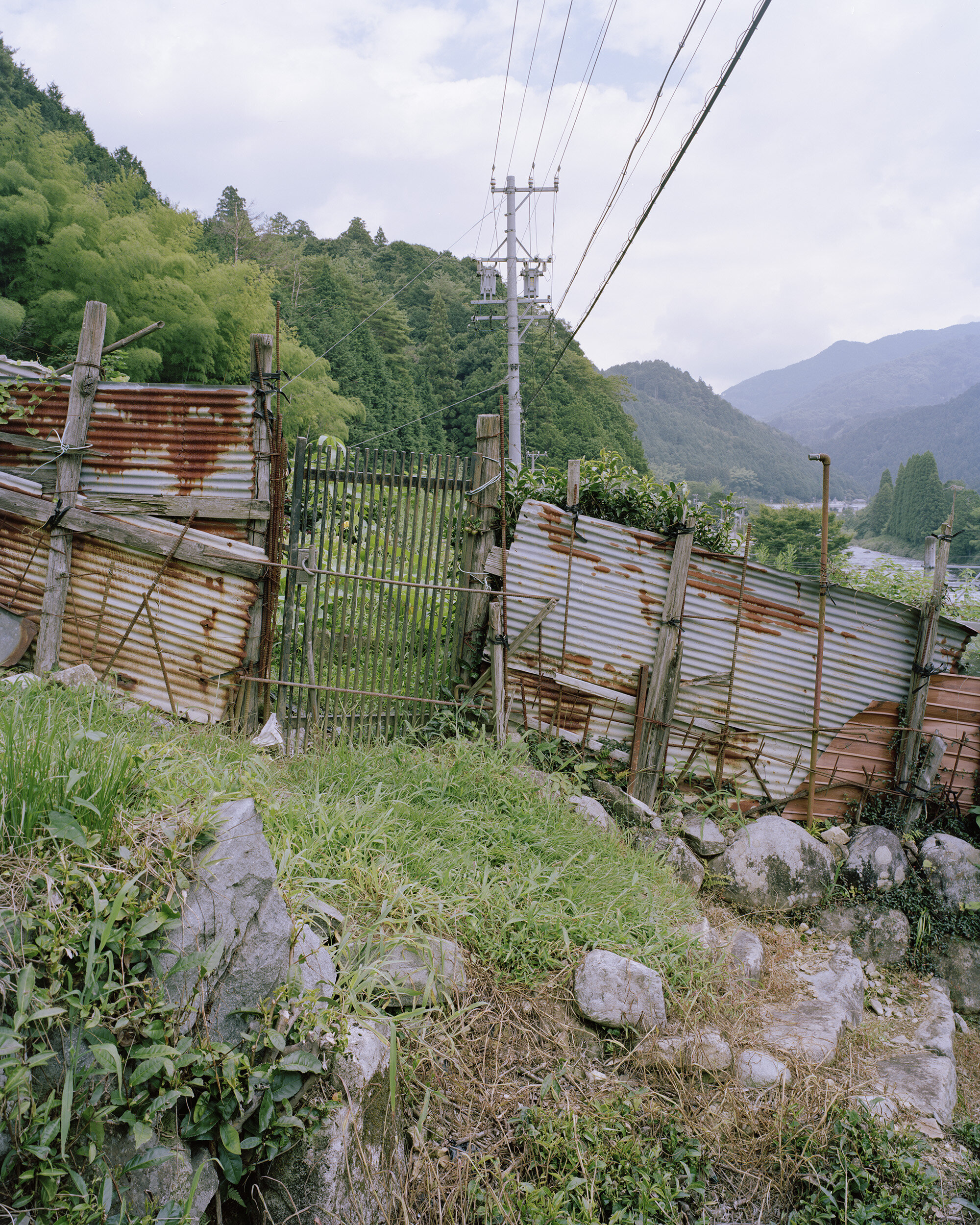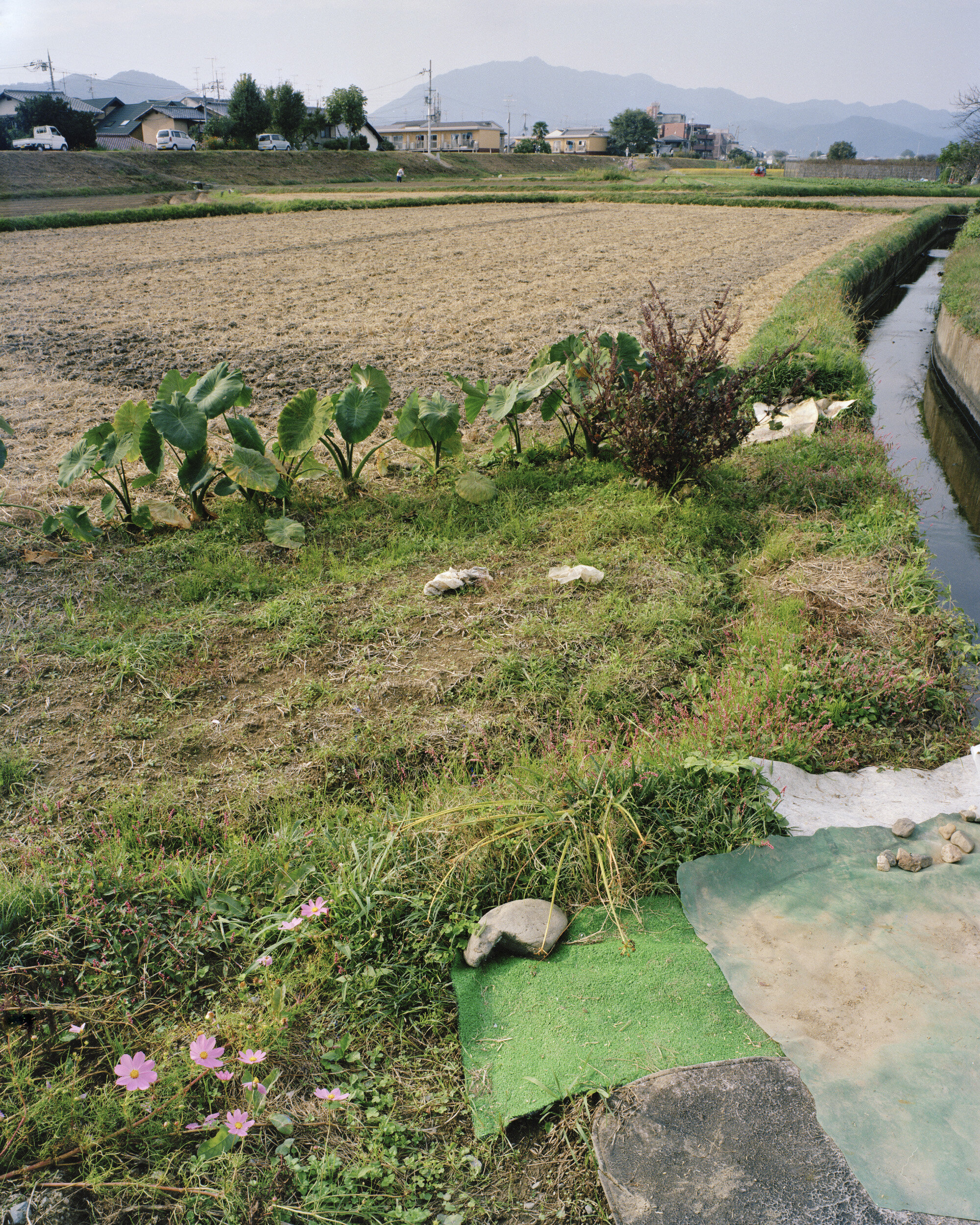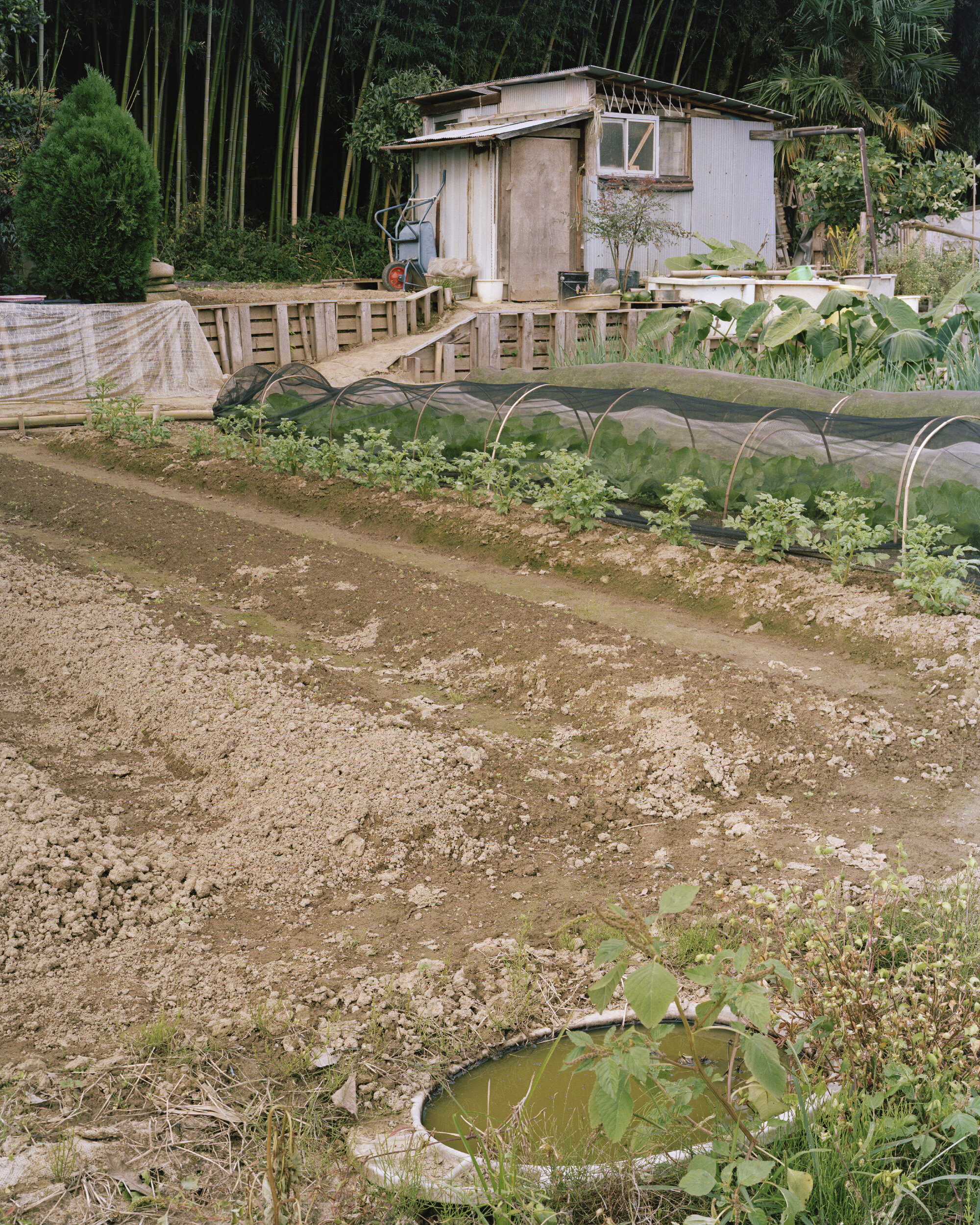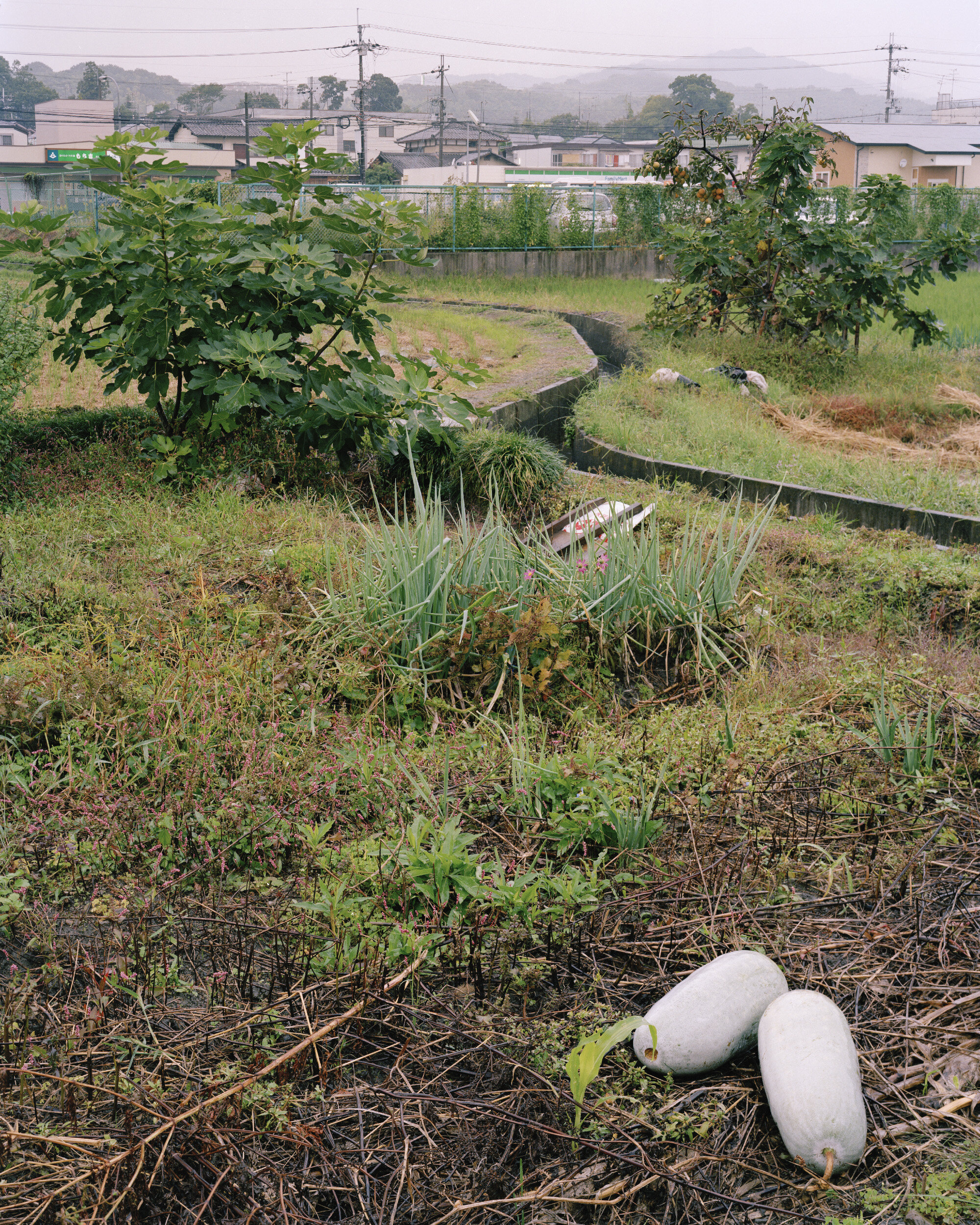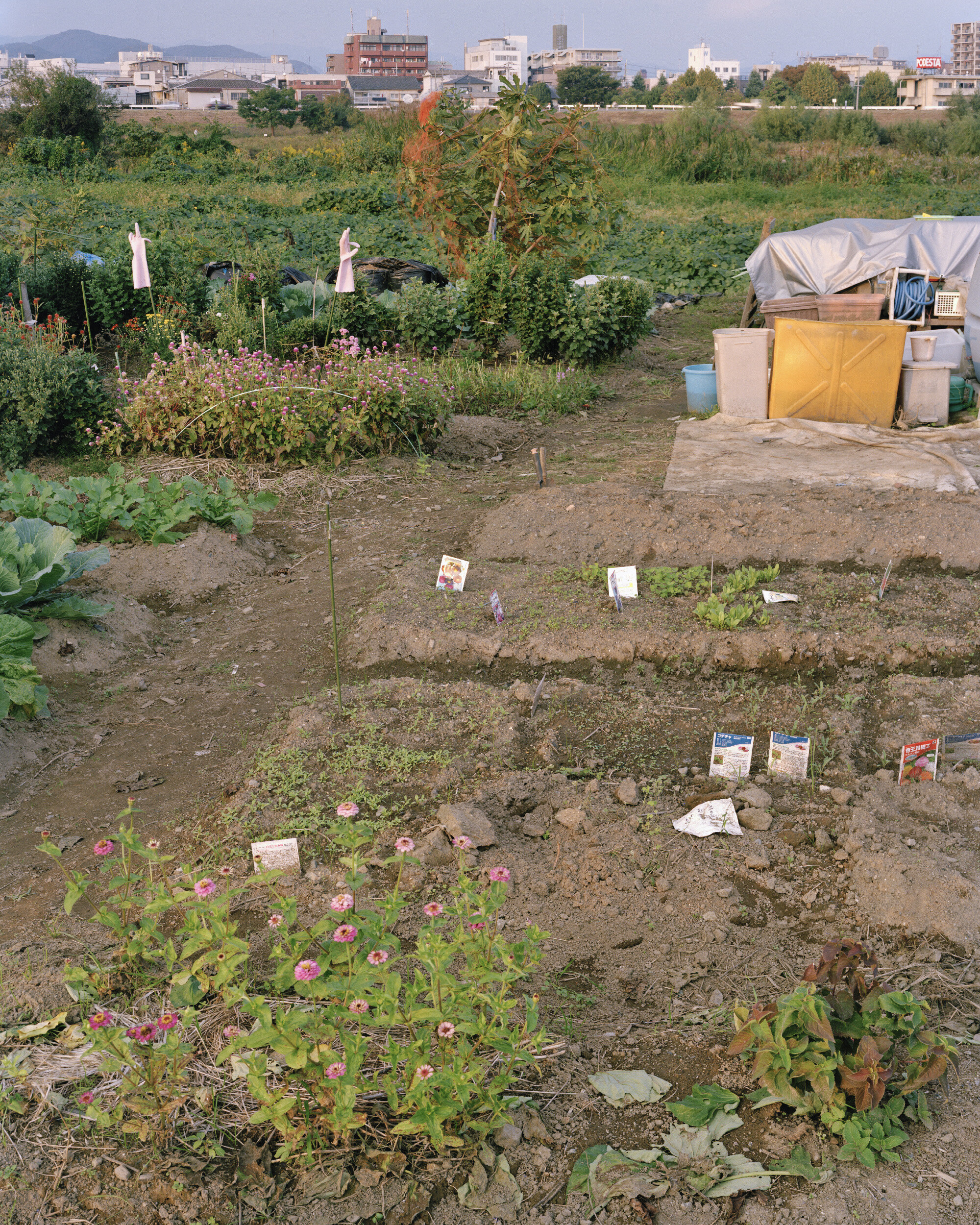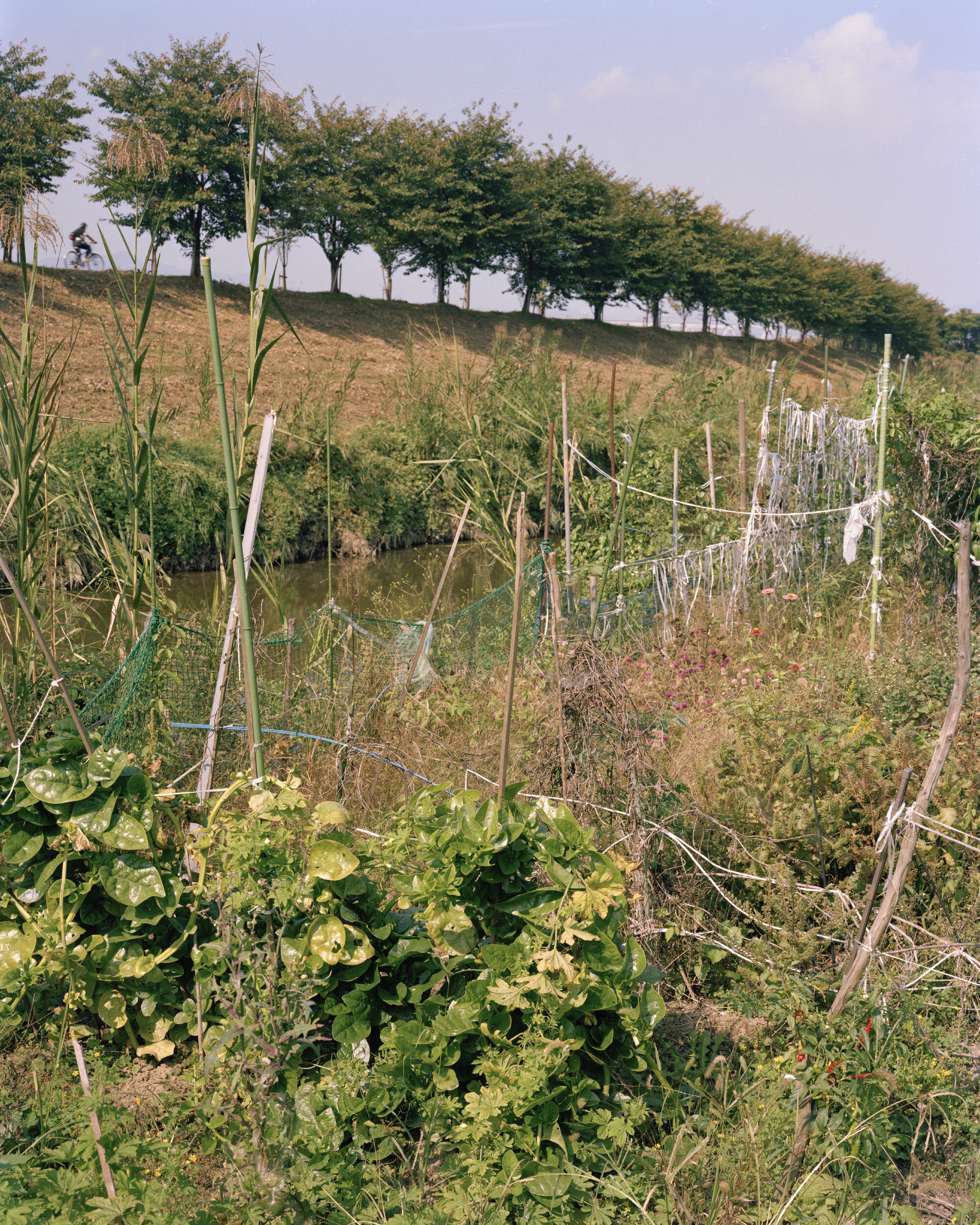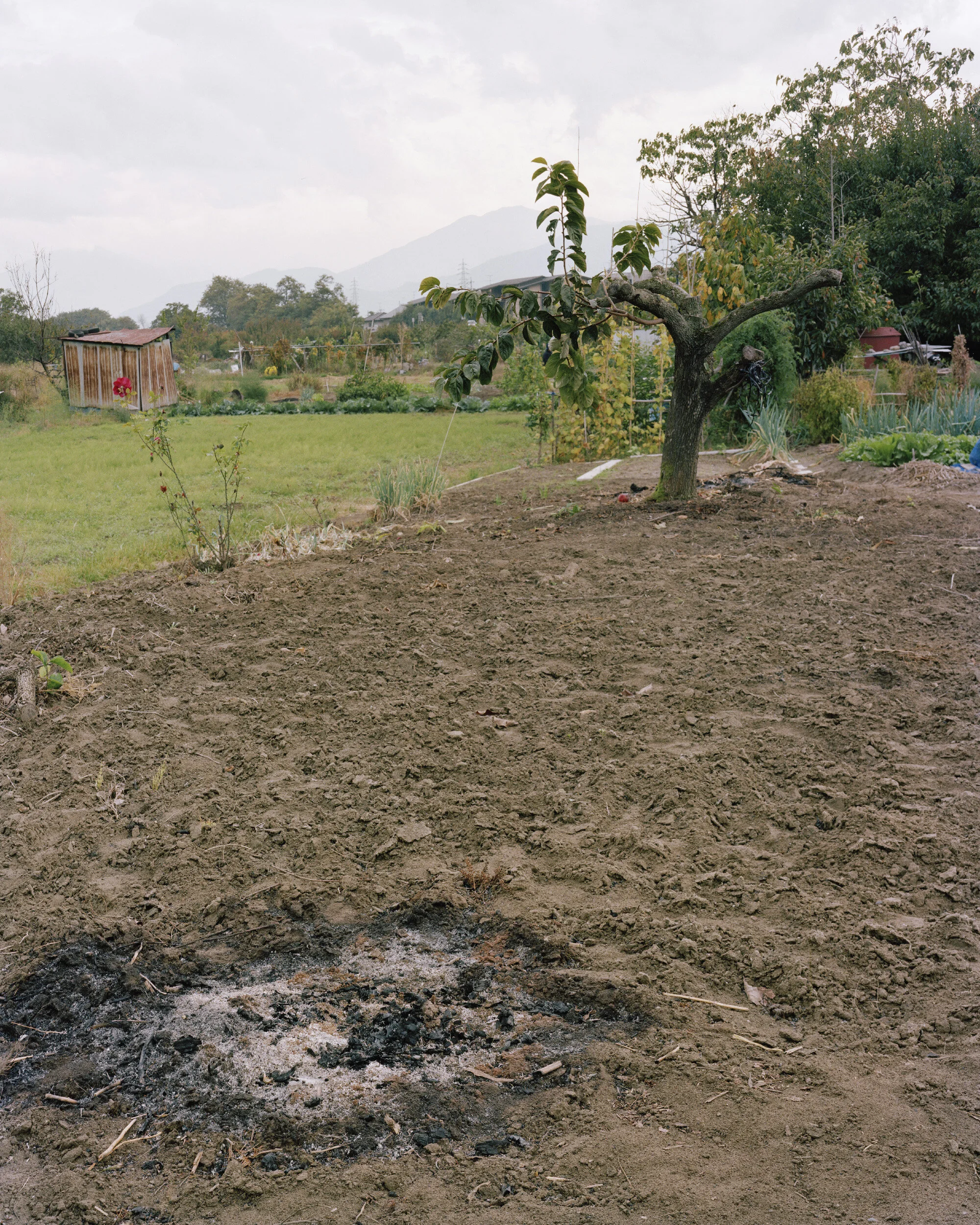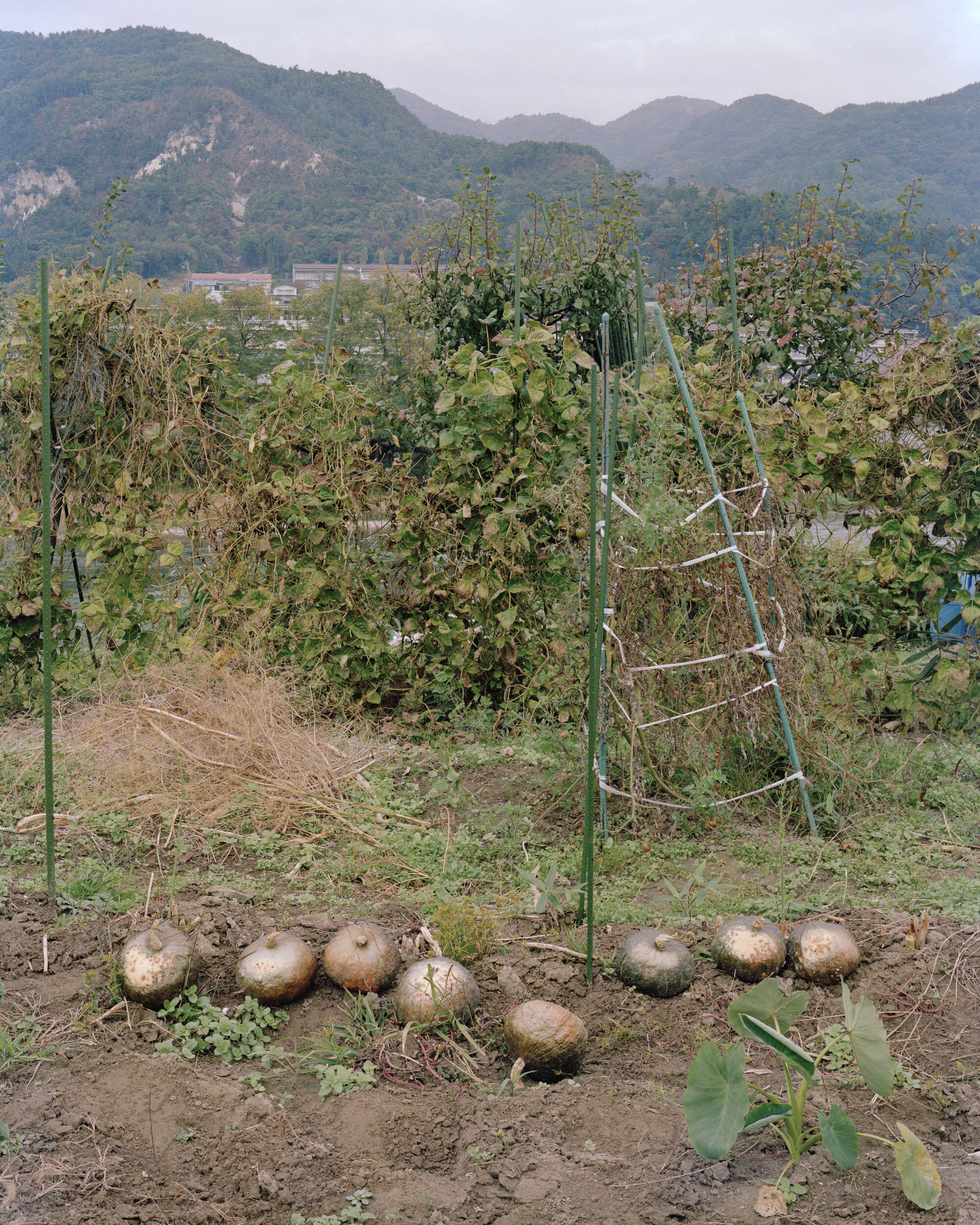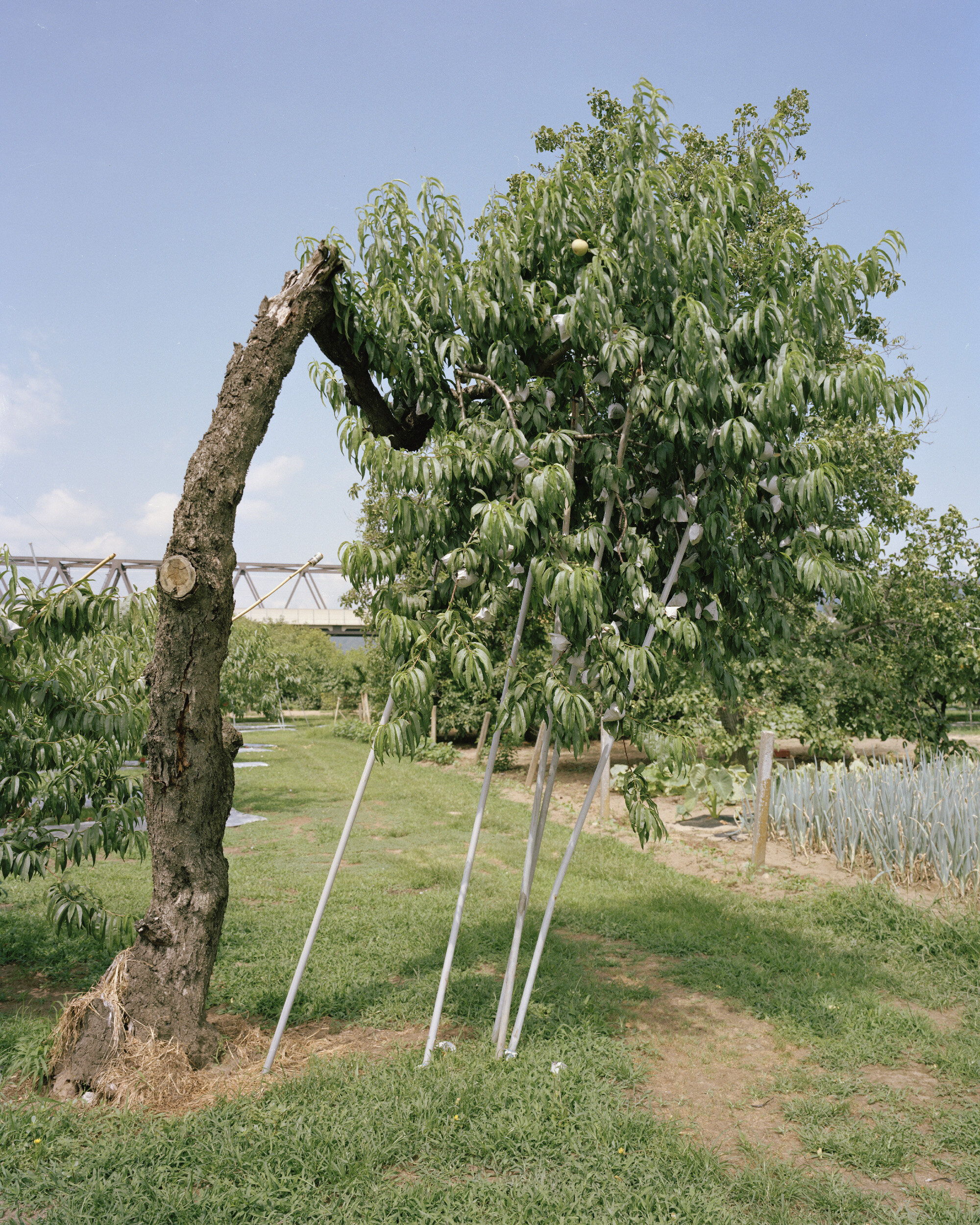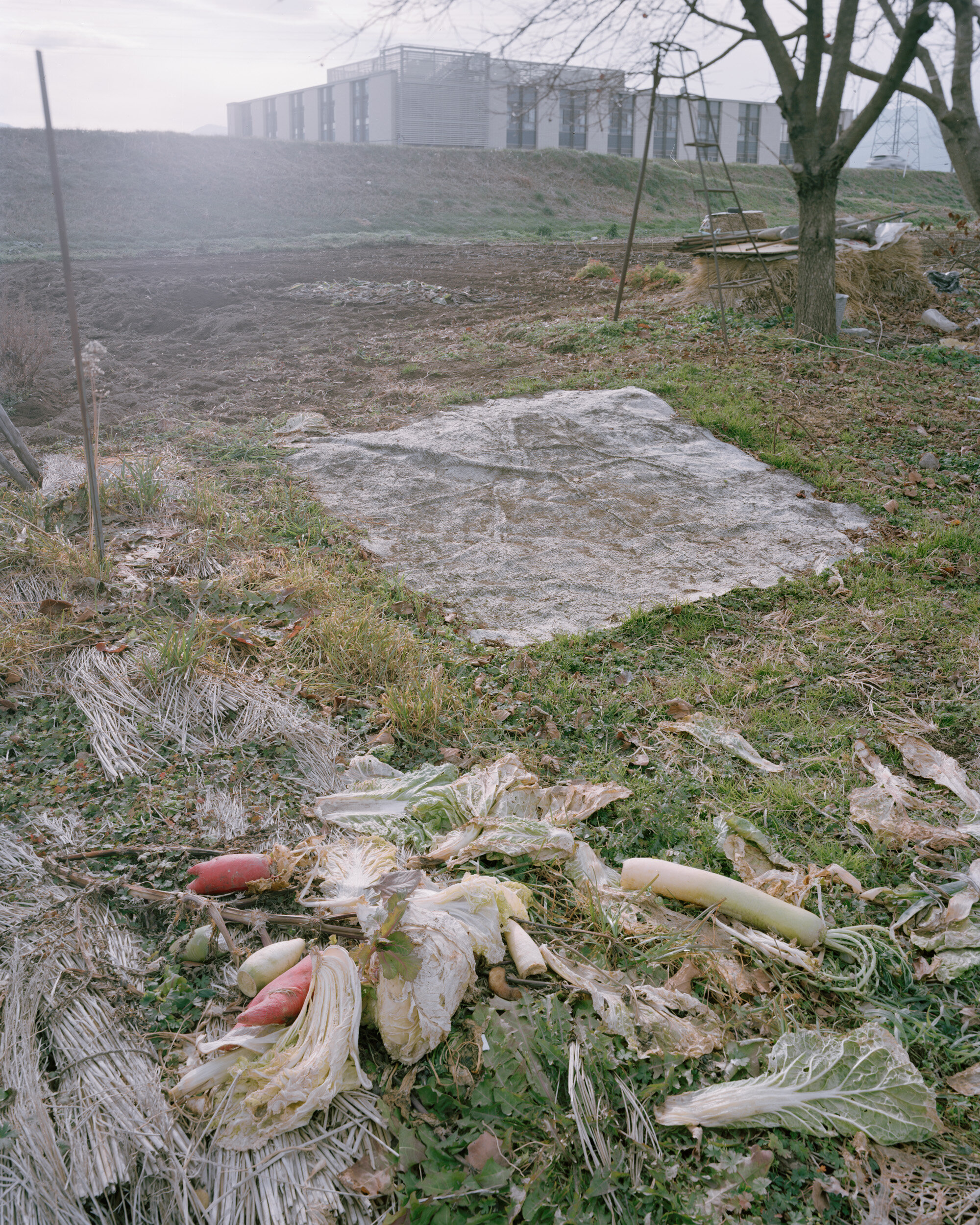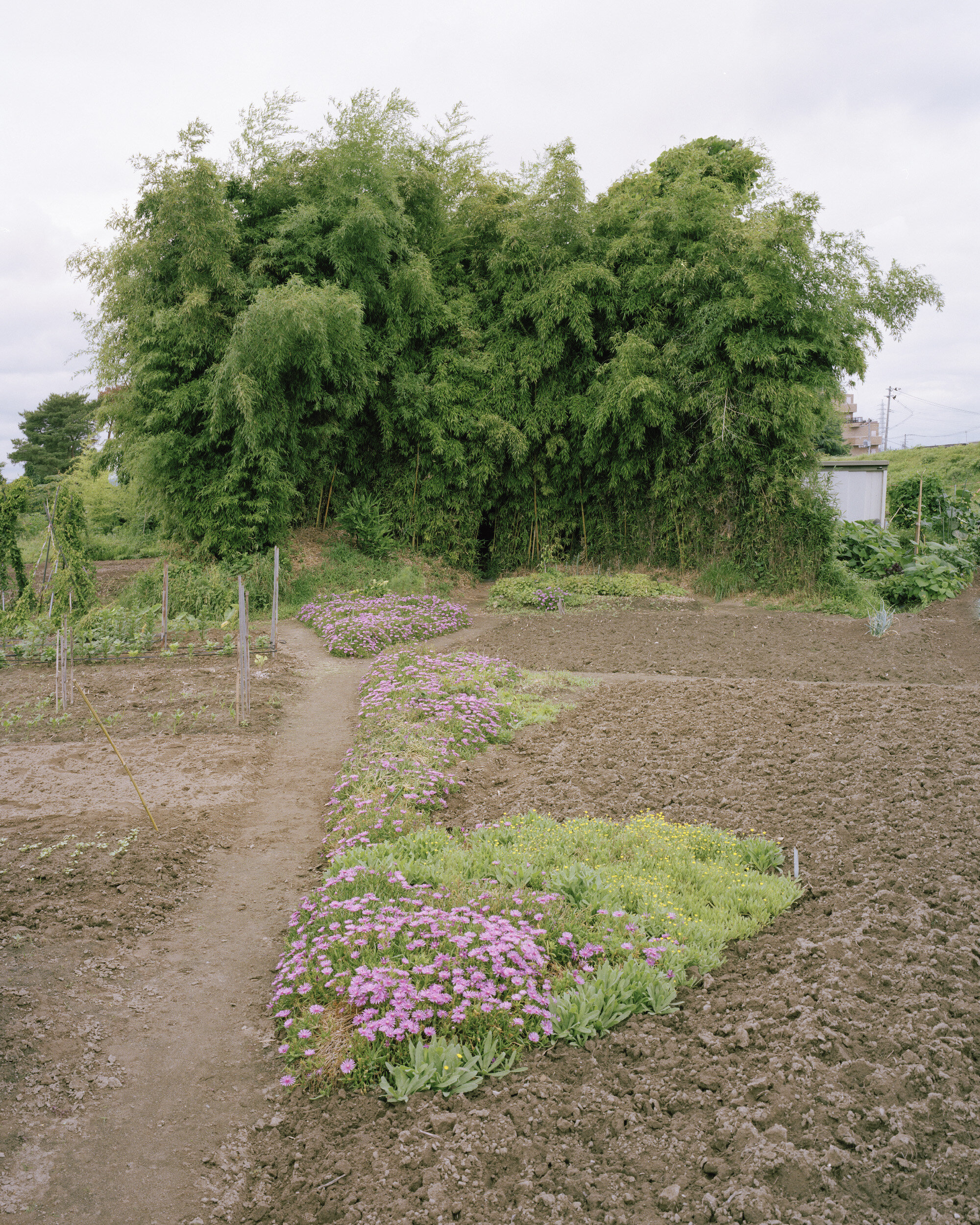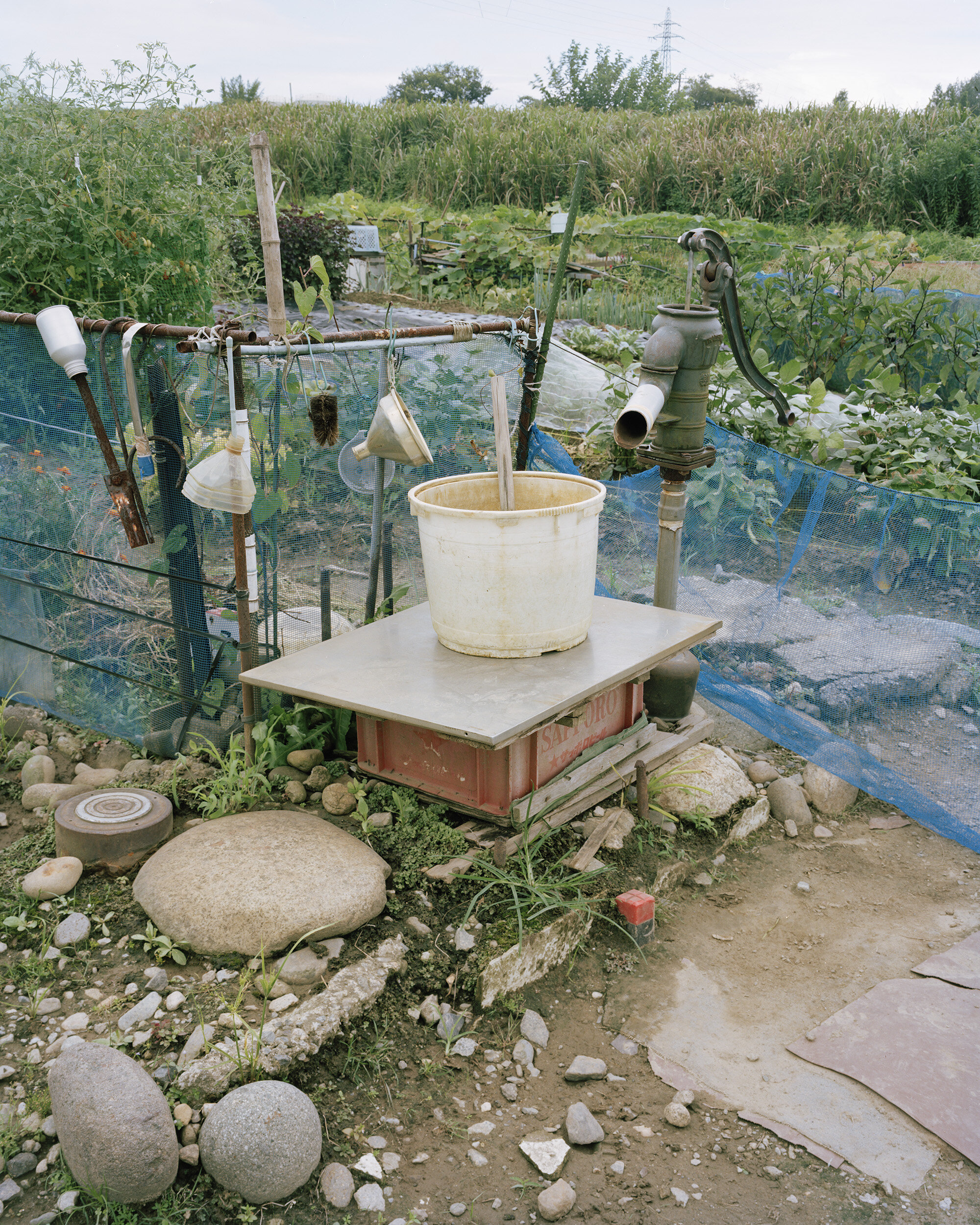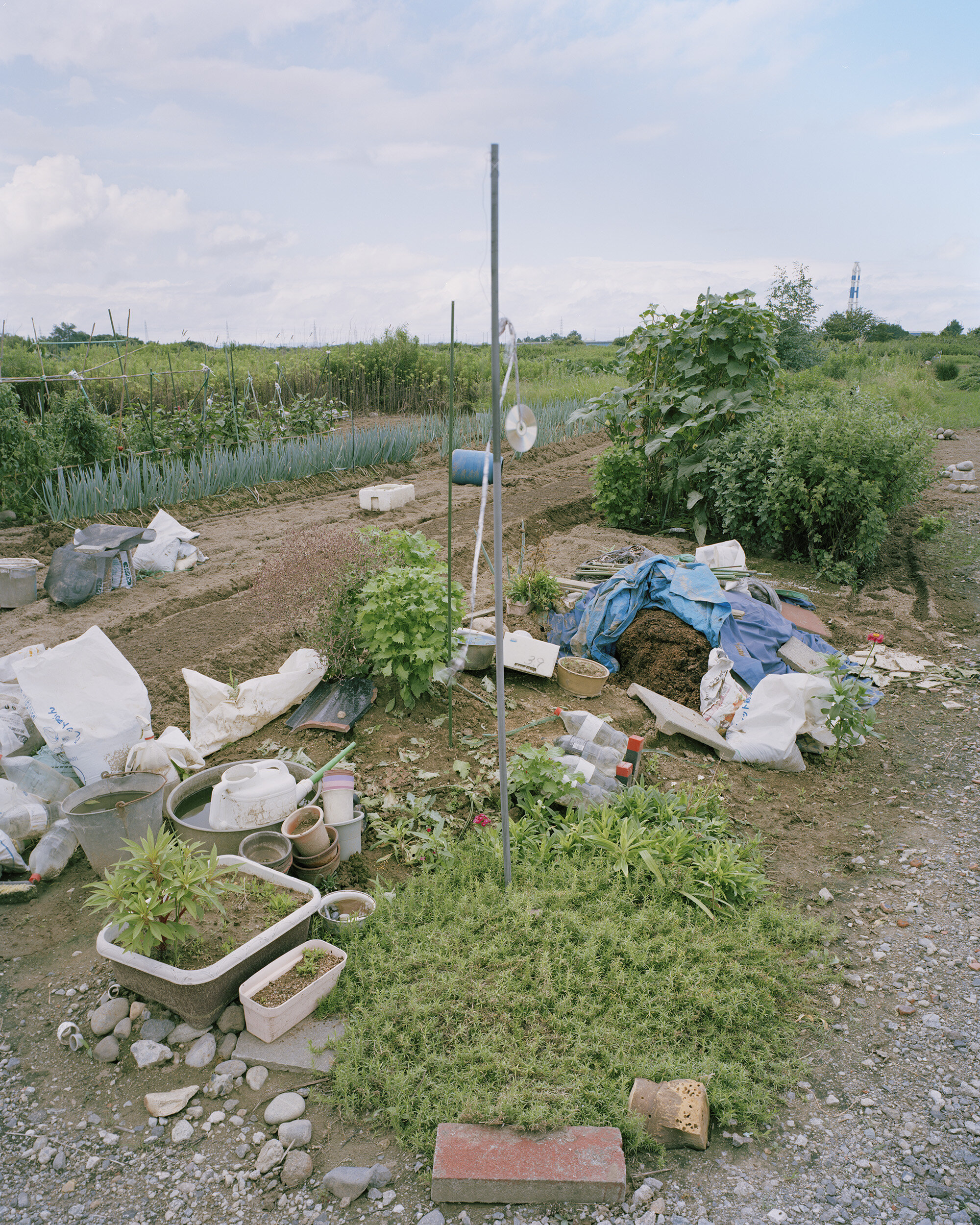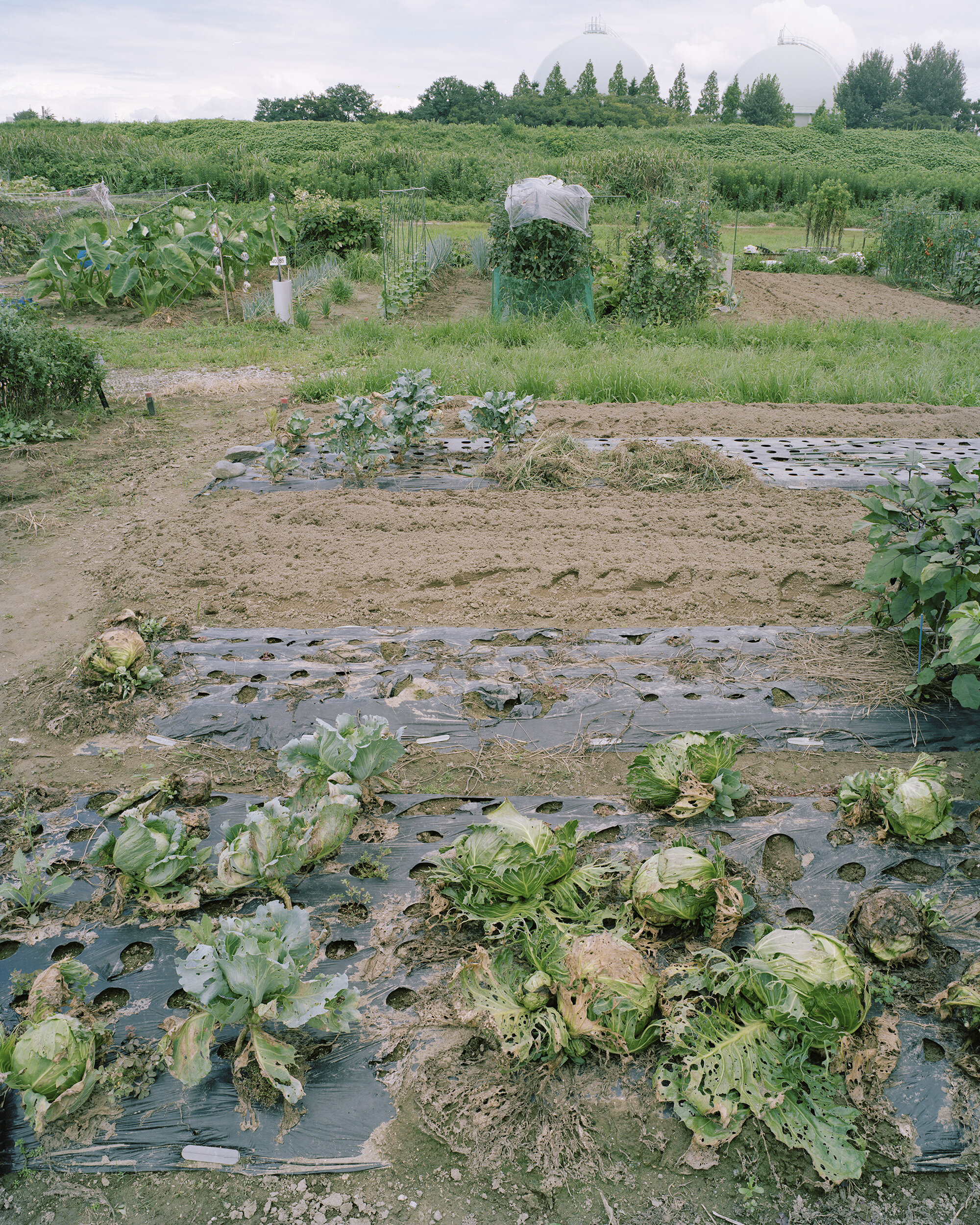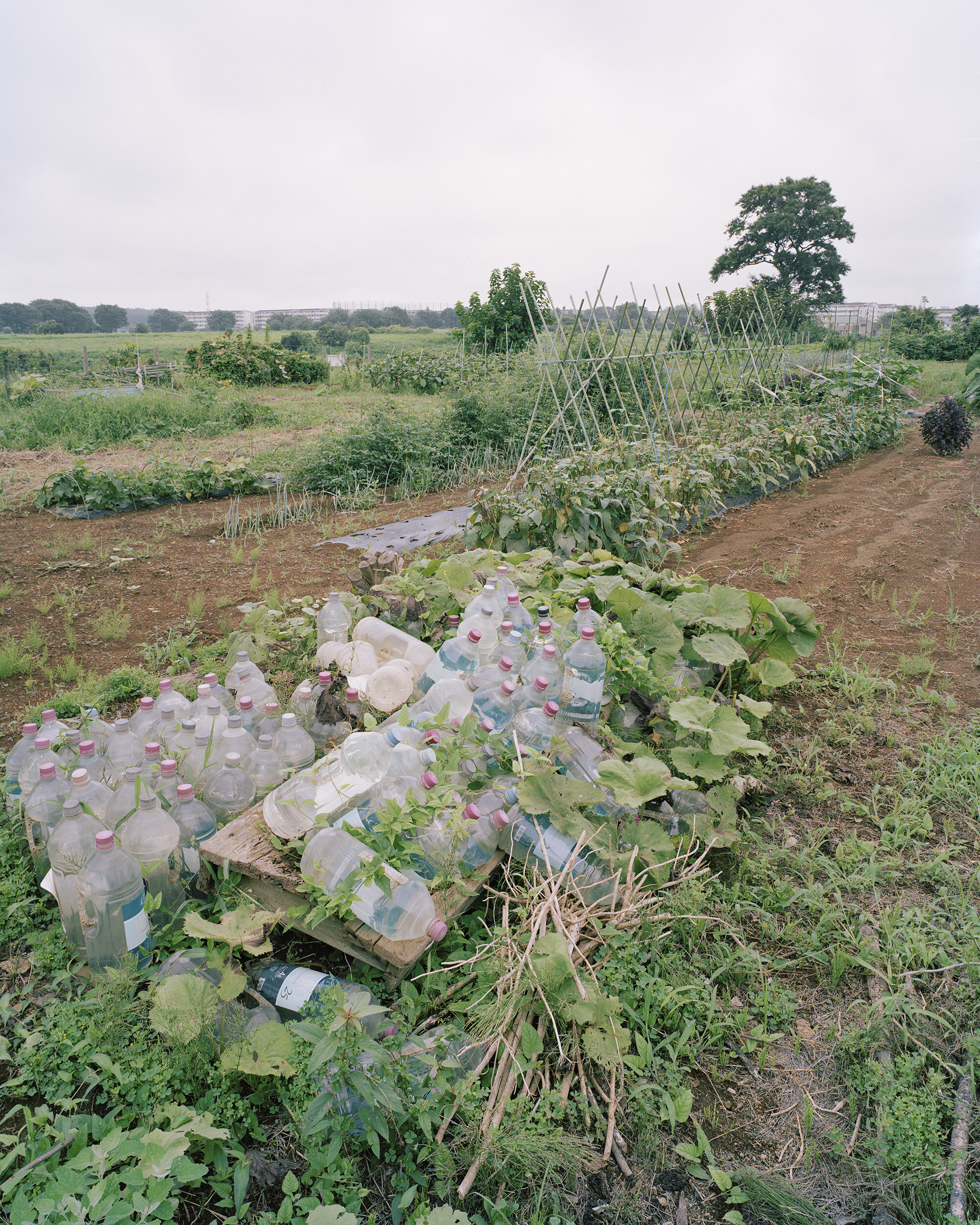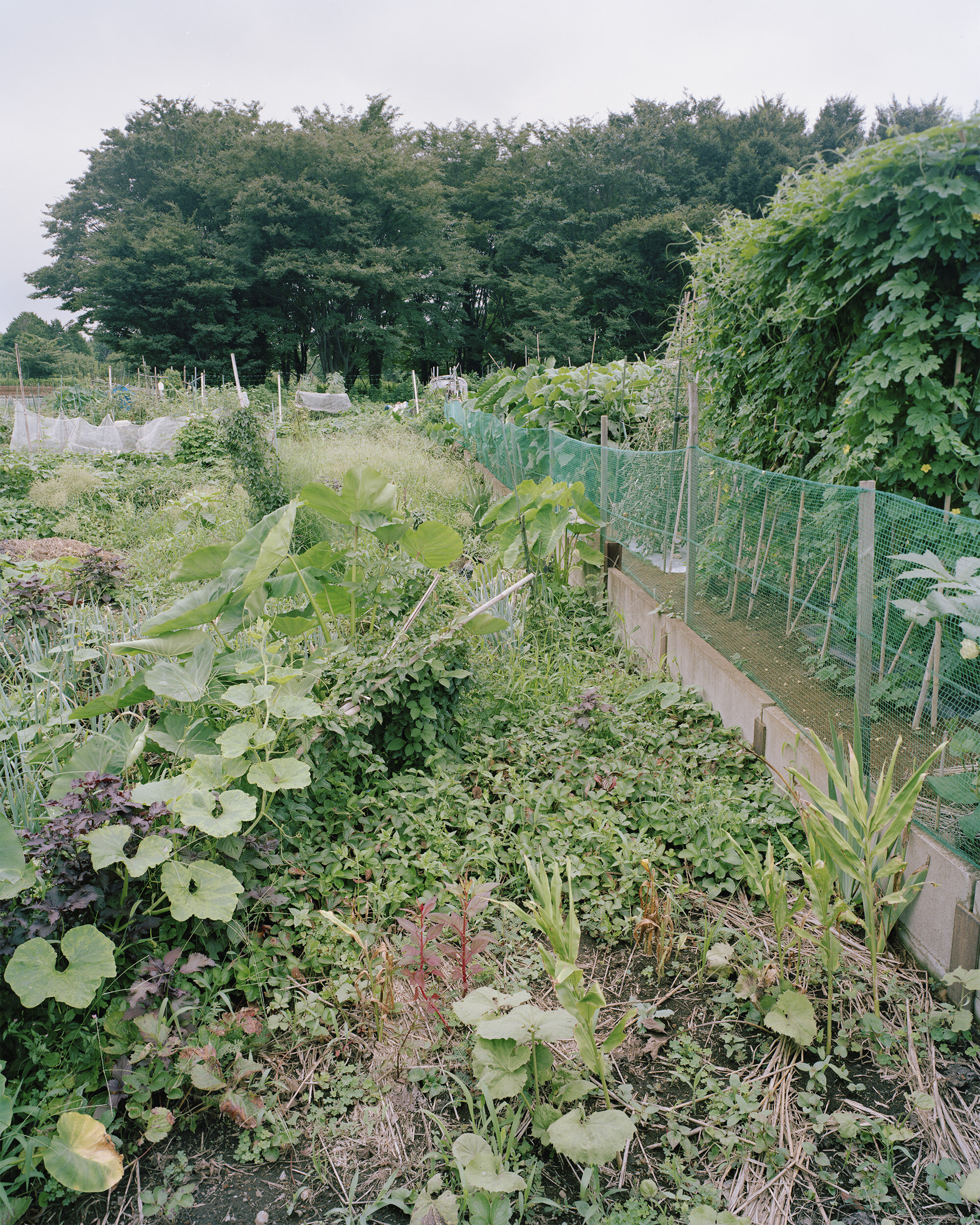This post is part of a series by Todd Forsgren on his project Post-industrial Edens — photographs of urban and community gardens worldwide, which has been ongoing since 2004.
Ten thousand years ago the stability created by the gardening and agriculture of the Neolithic Revolution allowed for the first cities to be built. Since then, subsistence agriculture has been practiced by most every culture and in extremely diverse climates, from the tropics to the arctic. The methodology used and the produce cultivated vary widely depending on the culture and climate; this ties these spaces to the landscape they are found in and the people that cultivate them. This connection between land used for growing and people and places is what defines a garden.
My interest in Japanese gardens goes back to high school when I began growing bonsai trees; this interest in bonsai led to an interest in Japanese gardens, particular those in Kyoto. During a short visit to Japan in 2008, I started to photograph urban gardens. This has been greatly expanded over the past seven years since my wife’s family lives in Japan.
Japan has a long and rich tradition of urban gardening. For example, the esoteric gardens created in Kyoto’s Buddhist temples, dating back to the eighth century, make exceptional use of the small spaces on temple grounds, seemingly expanding them to vast landscape vistas. More functional and colloquial urban gardens all but disappeared throughout much of Japan’s rapid postwar urbanization. Recent years have seen a resurgence of urban gardening (shimin noen, 市民農園, or kumin noen,区民農園, in Japanese) across the country. The people of this densely-populated island nation are especially aware of limited available land and have faced unique landscape disasters, such as the tsunami and nuclear disaster of 3/11.
During the 1980s, changes in legislation created a legal framework that promoted the use of urban and suburban margins and abandoned lots for vegetable gardening. The response was remarkable, and these gardens have become extremely popular, especially considering that Japan has one of the highest rates of urbanization on the planet with over 90% of its citizens living in cities.
The benefits of this gardening movement have gone beyond the individual satisfaction and improved nutrition that urbanites gain from the gardens. Inhabitants of the depopulated rural areas of Japan have seen revitalization of many villages and found help in maintaining Japanese farmland. Rural farmers can increase income and improve their land by renting small parcels, often complete with villas, to urban eco-tourists seeking to reconnect with their agrarian heritage. In this way, the gardening movement of Japan has simultaneously improved health in the country’s cities and helped to maintain Japan’s traditional countryside lifestyle.
The pressures created by Japan’s rapid urbanization and limited space are by no means entirely unique, but they are particularly intense due to the country’s high population density and island geography. The solutions adopted in Japan will serve as a model for many countries as the entire world begins to feel the pressures of globalization, urbanization, and development more acutely.

